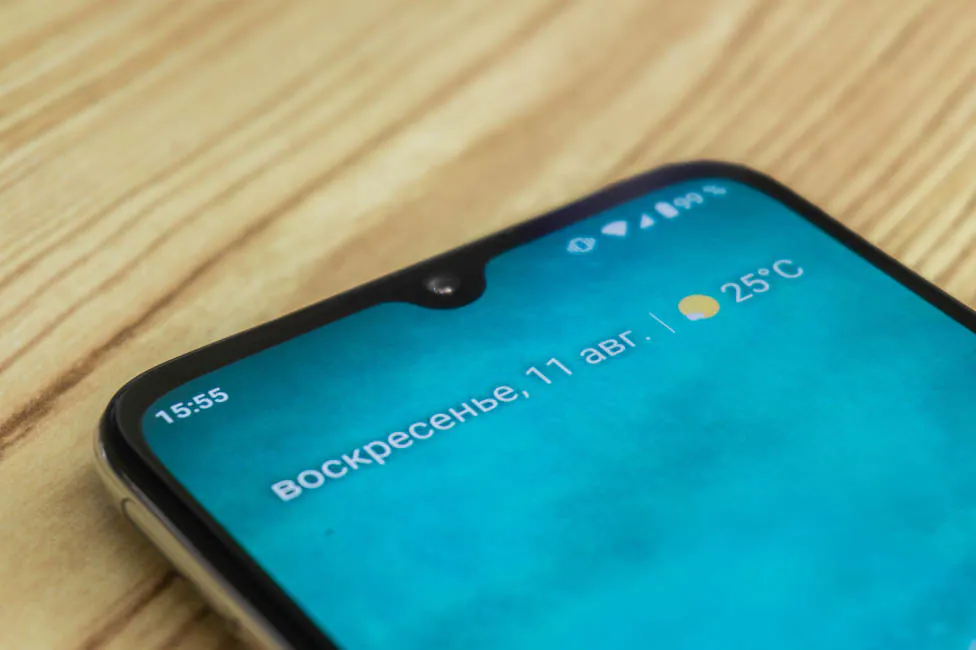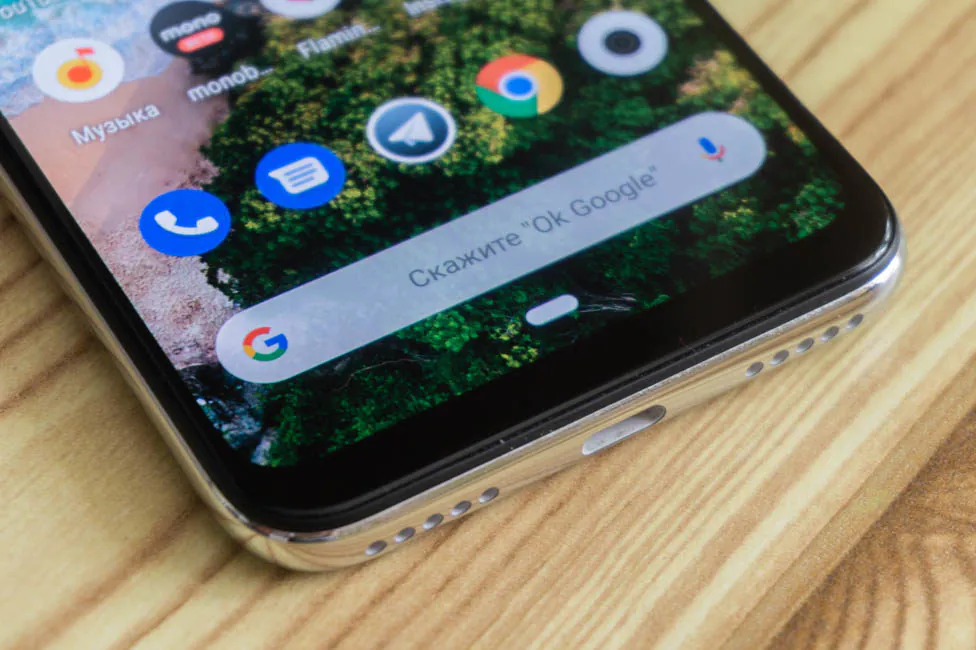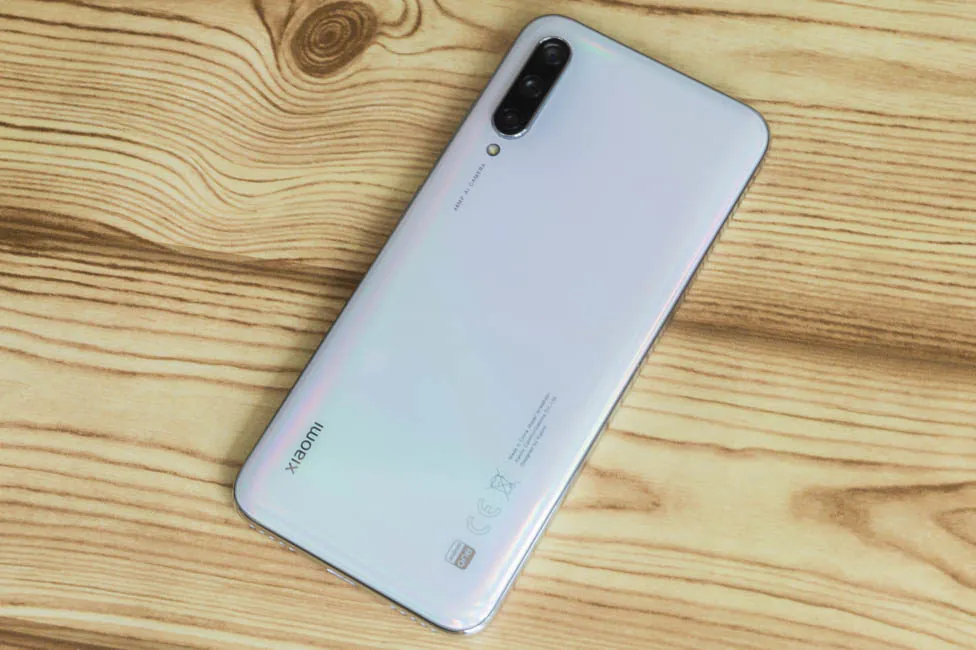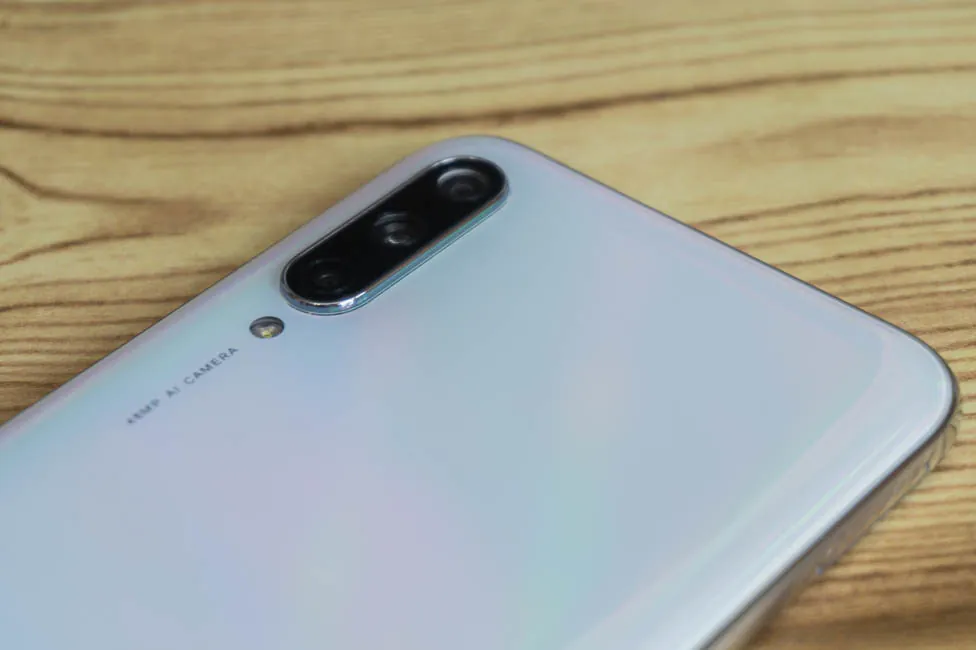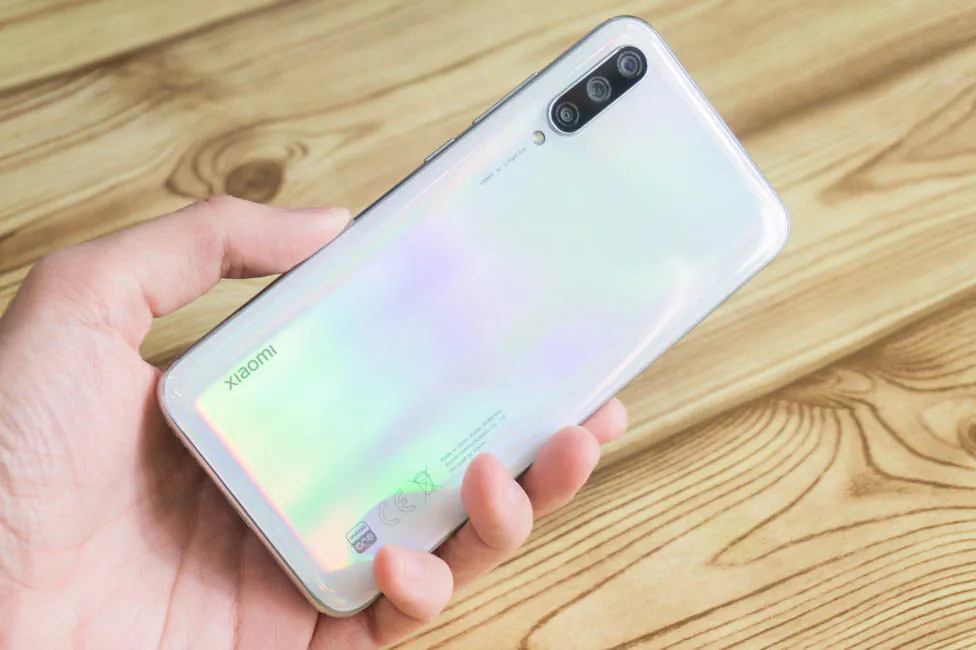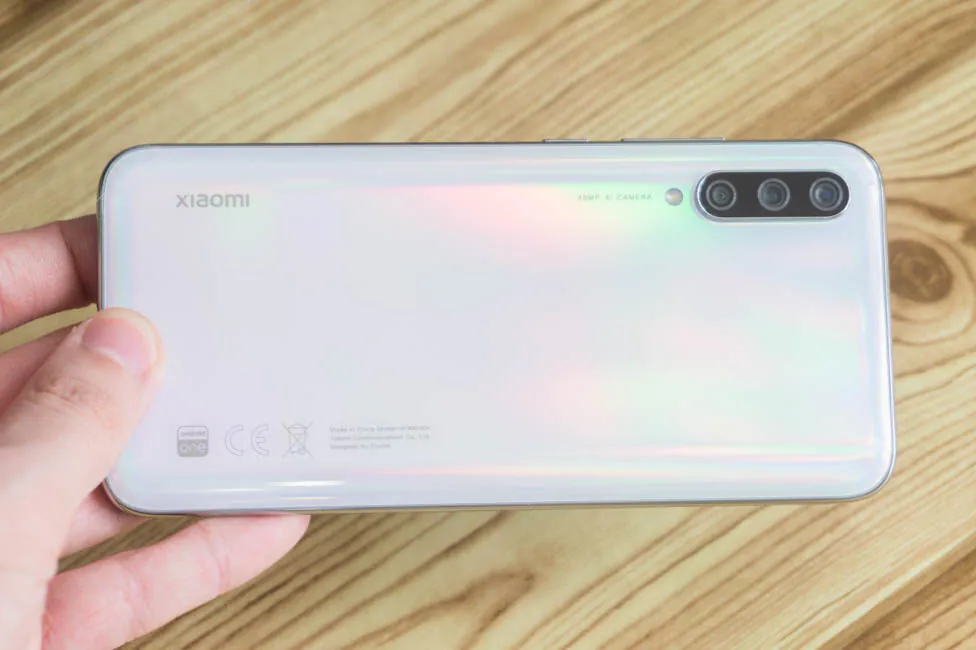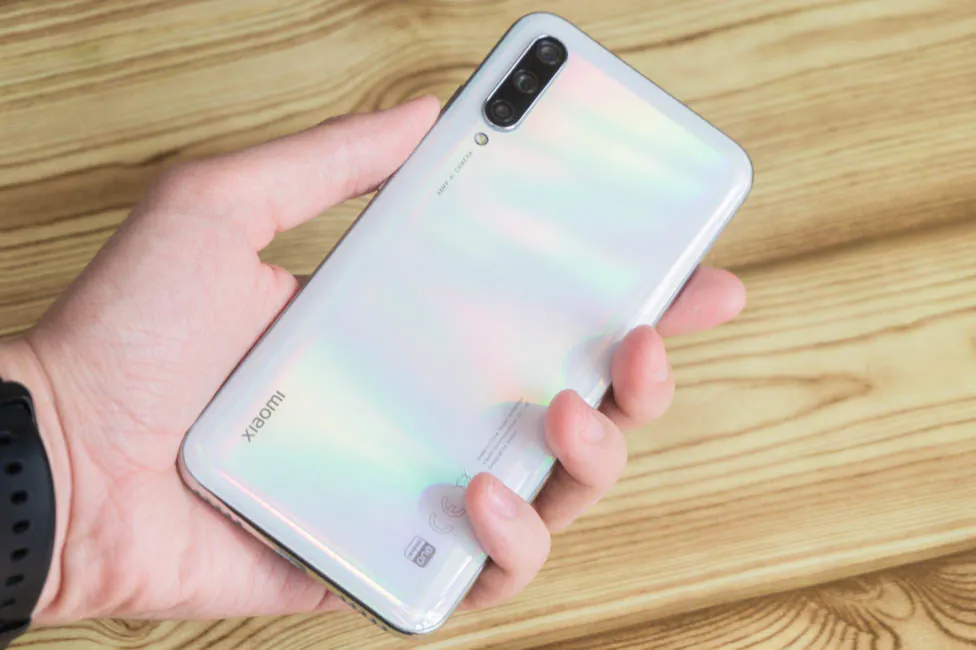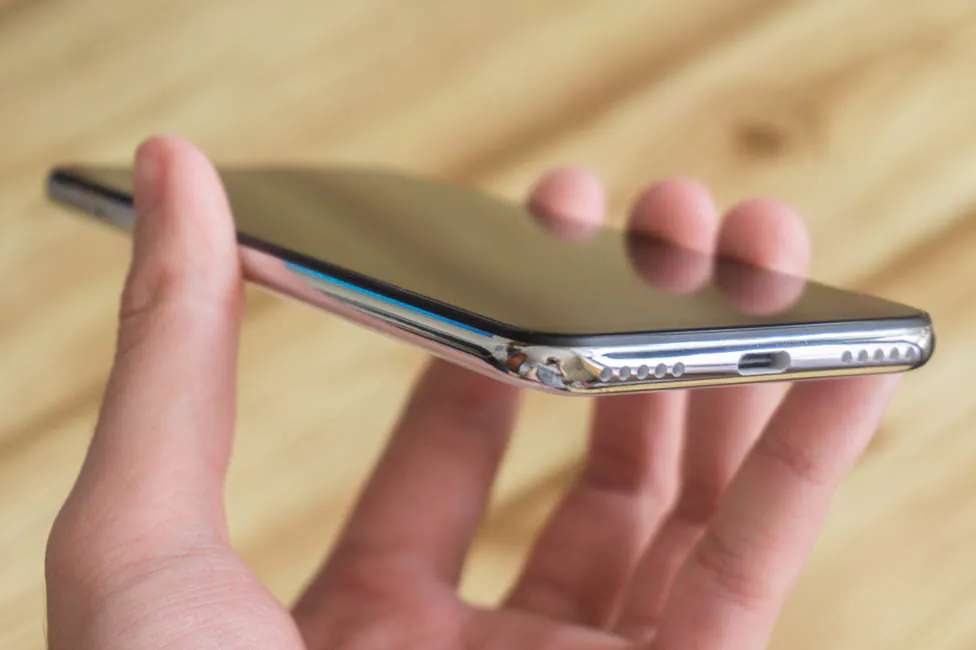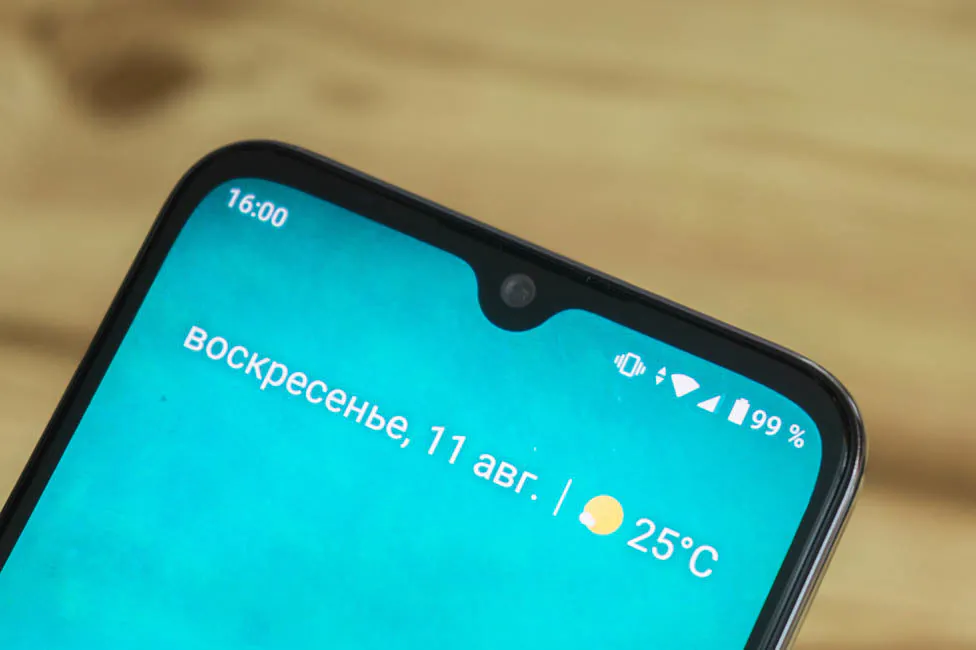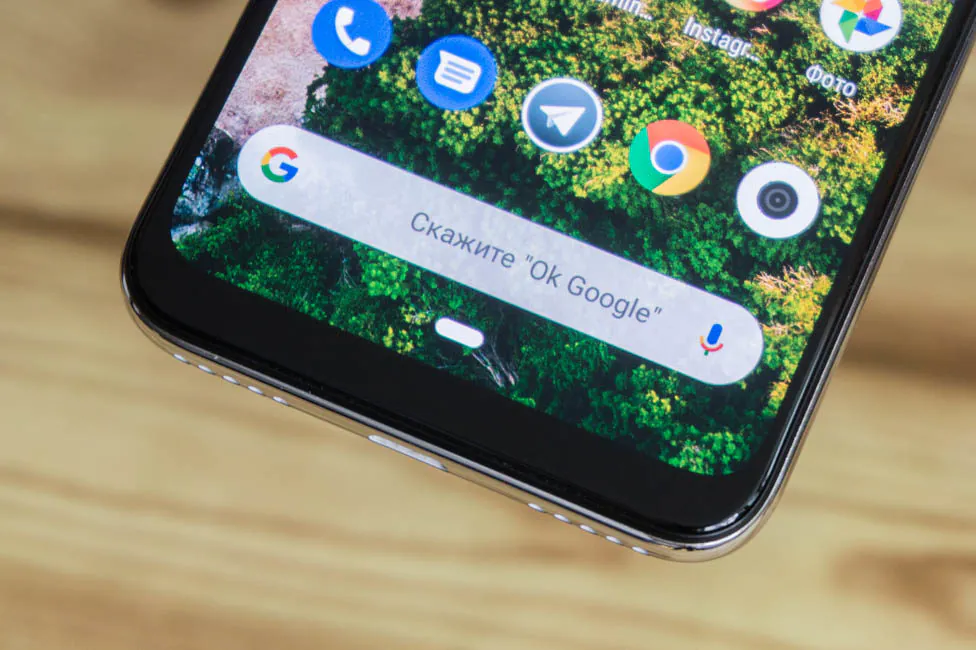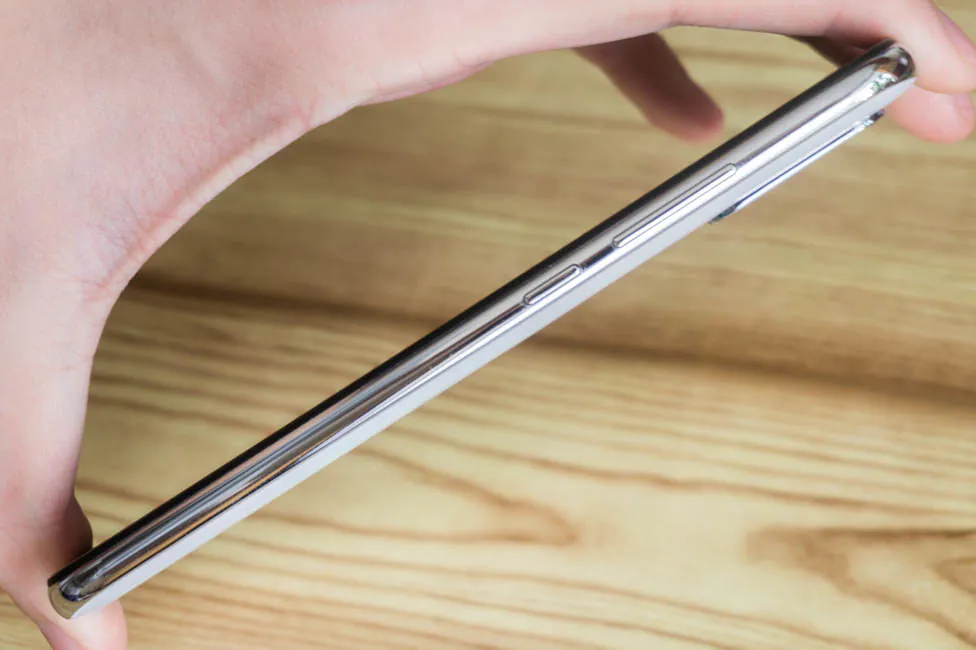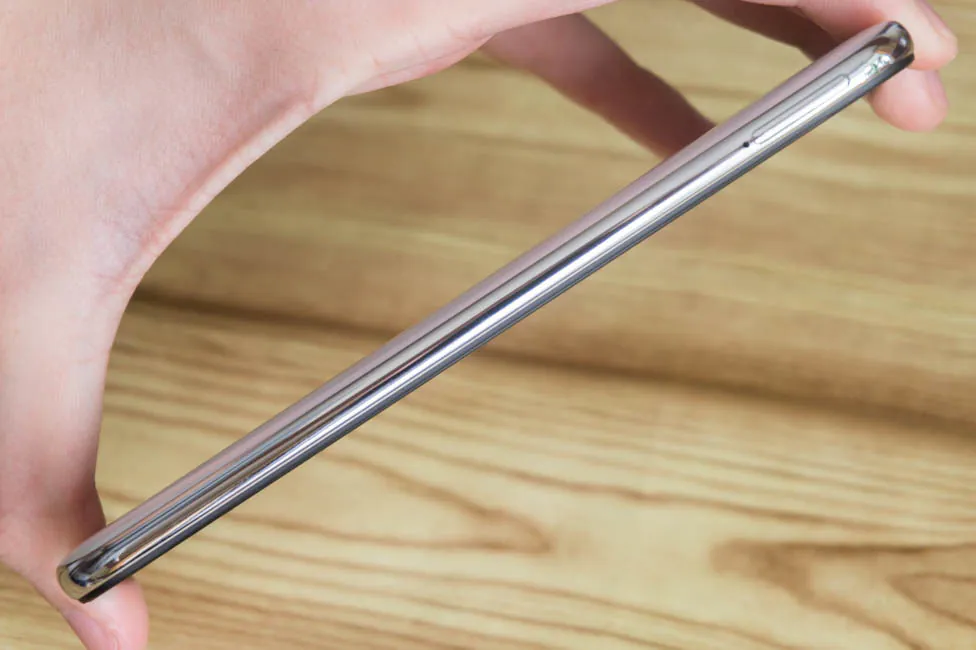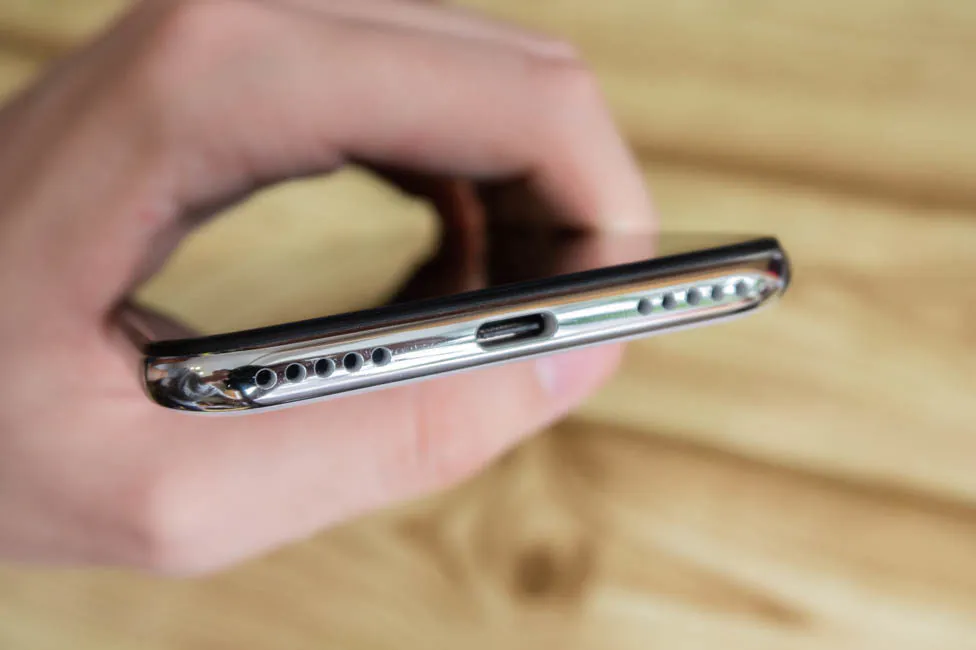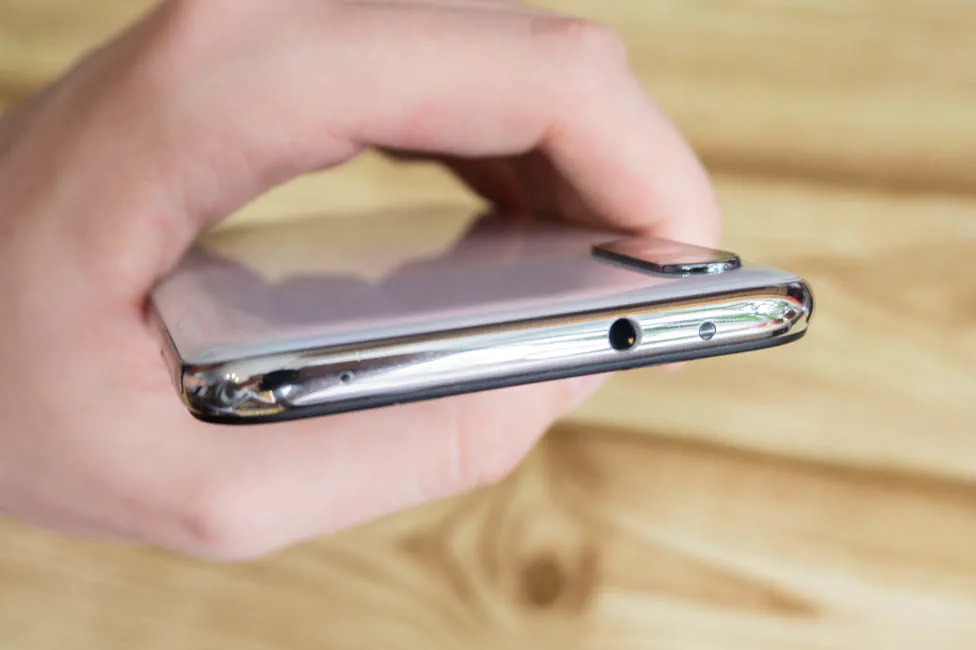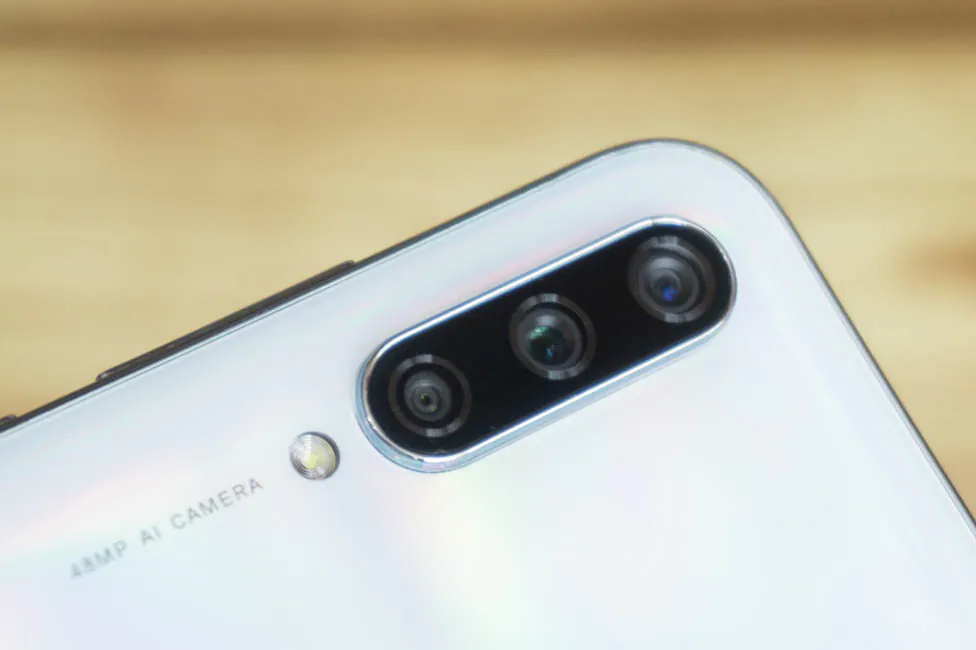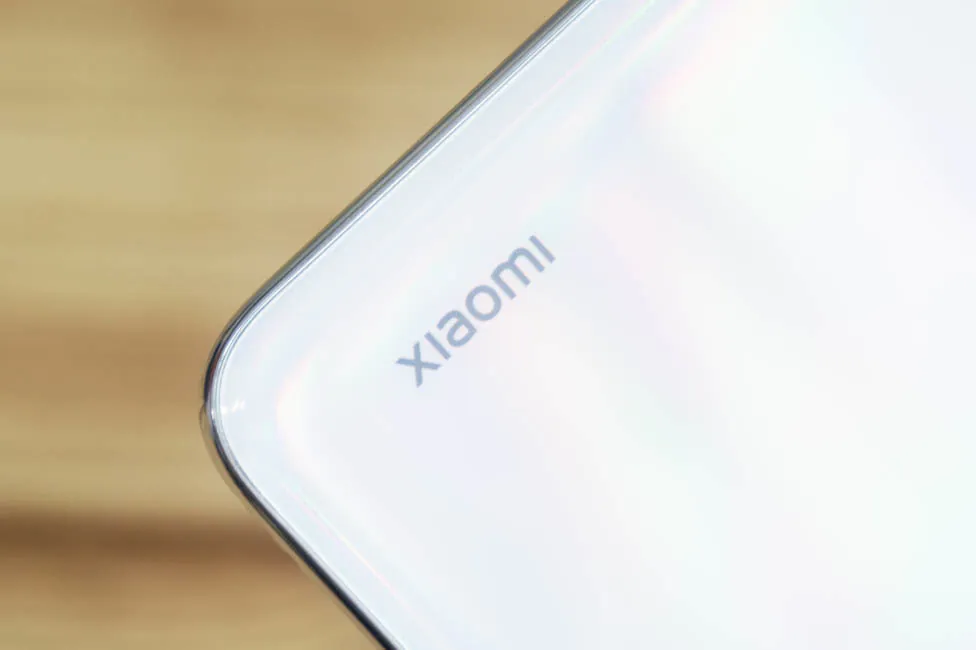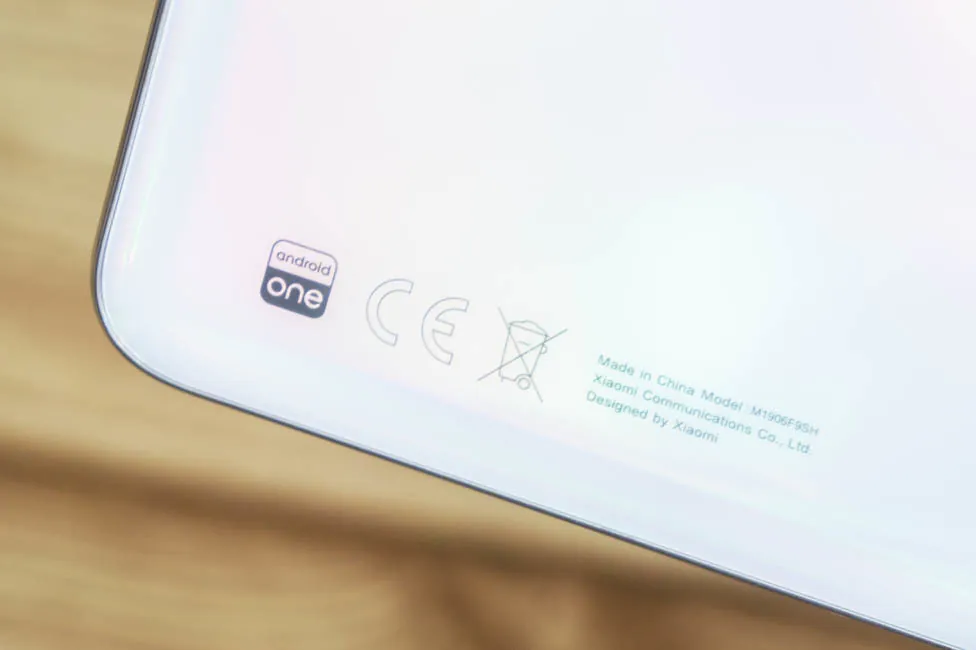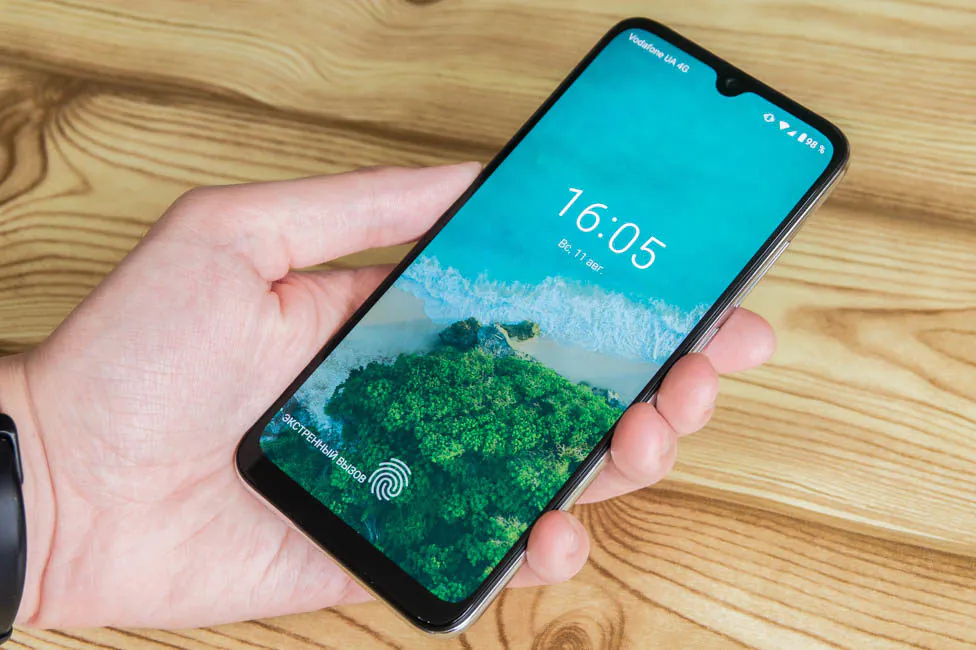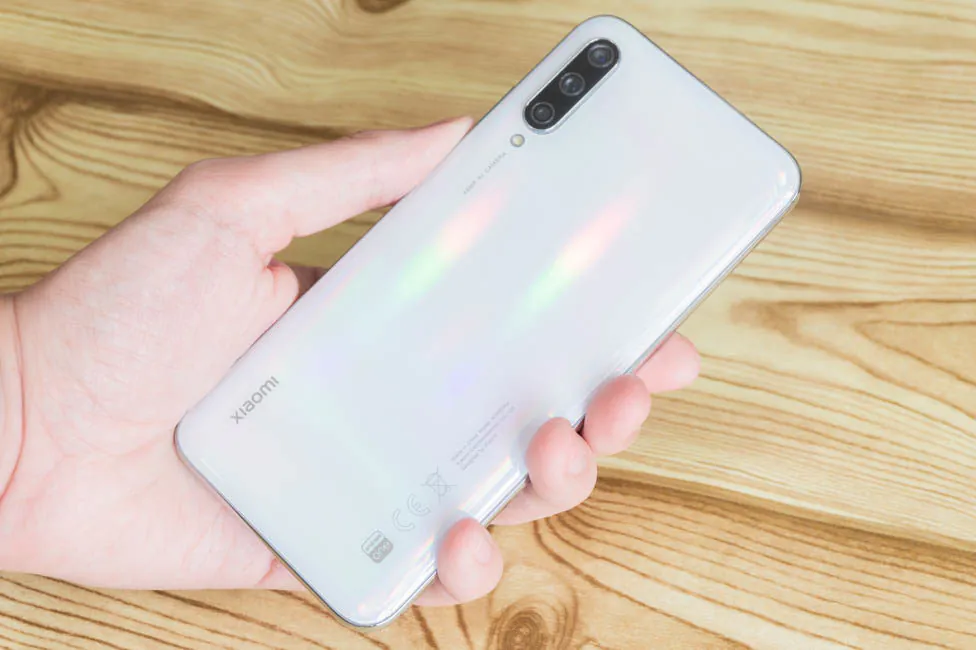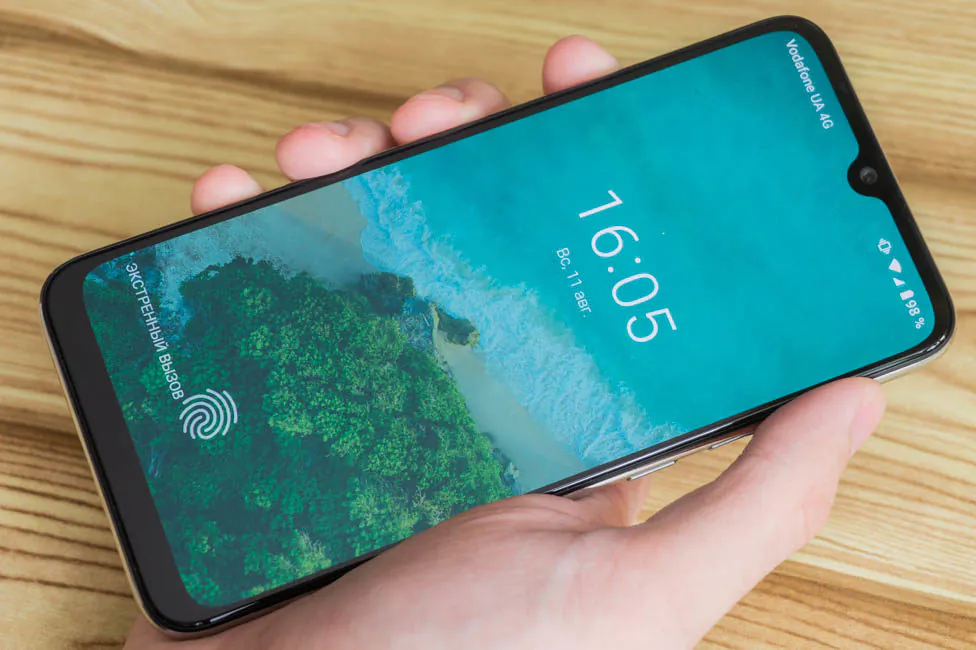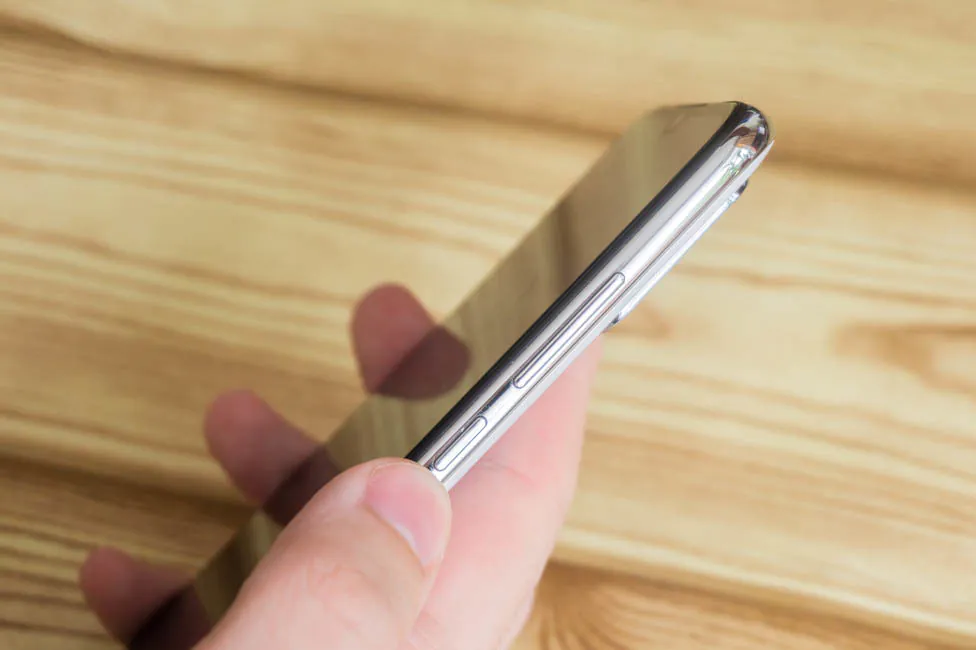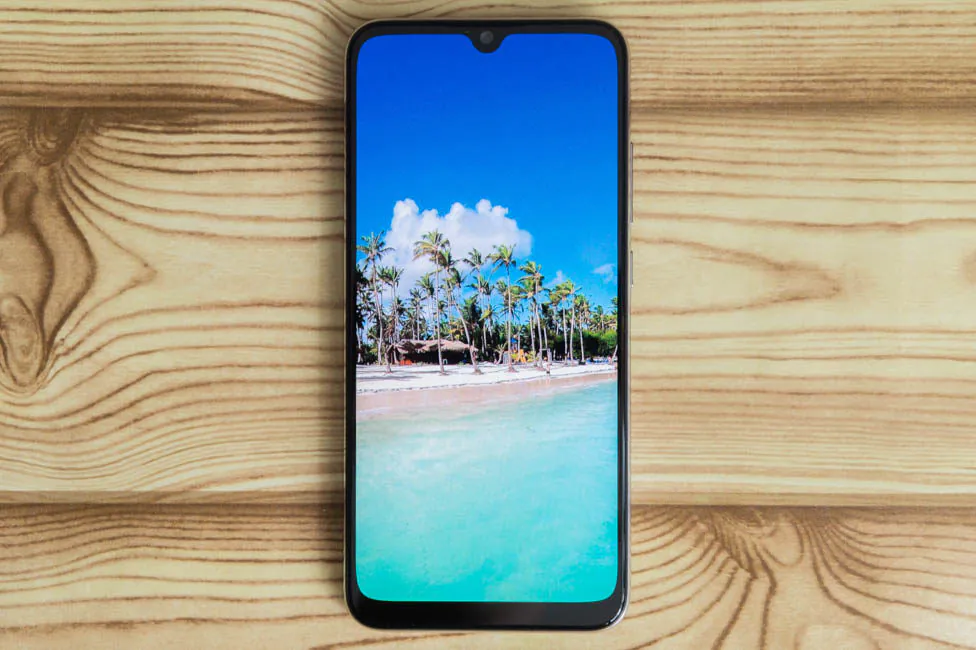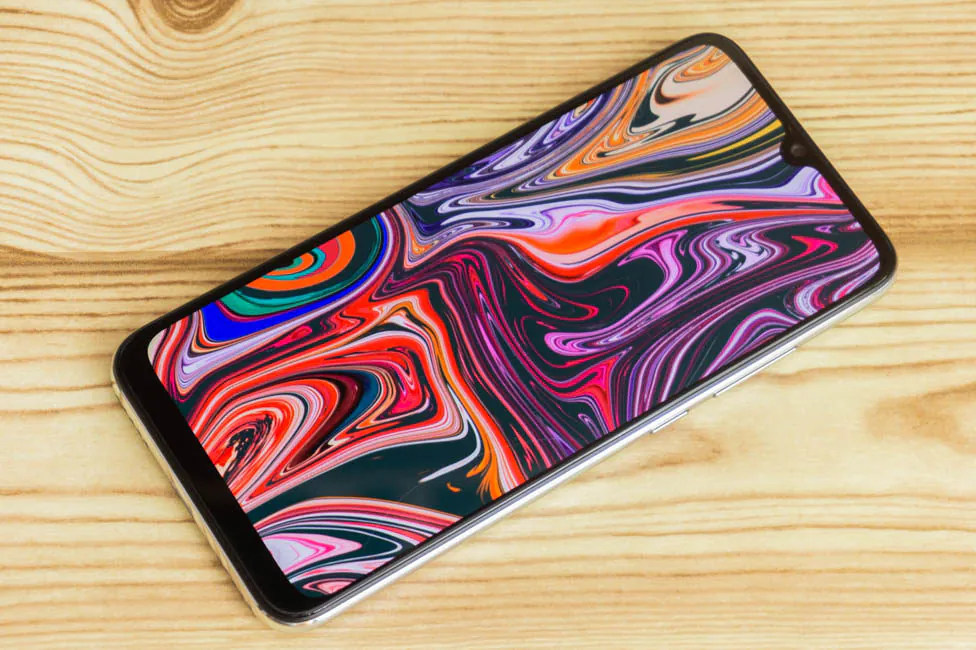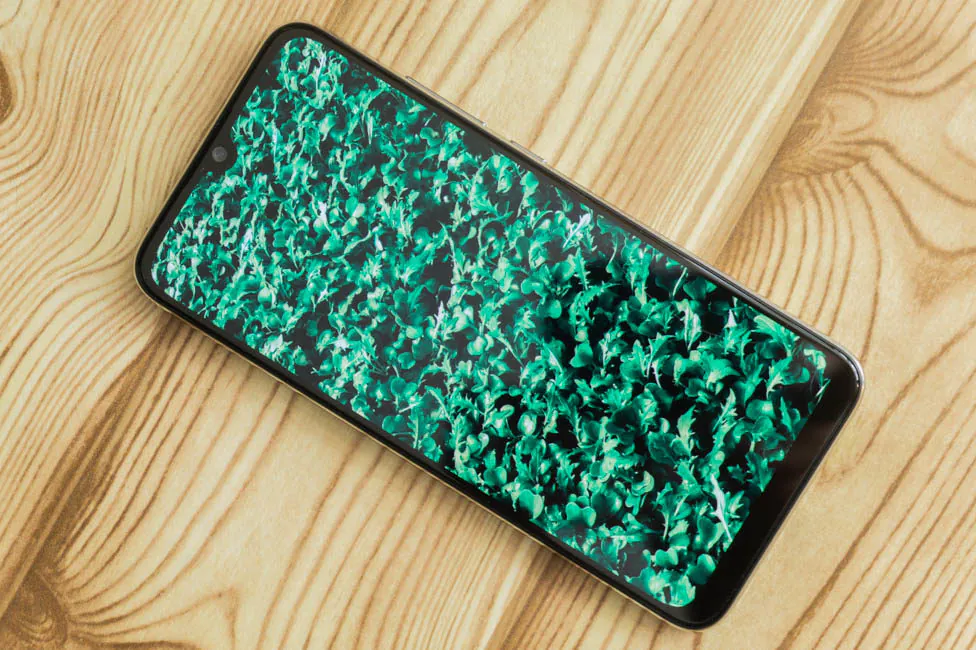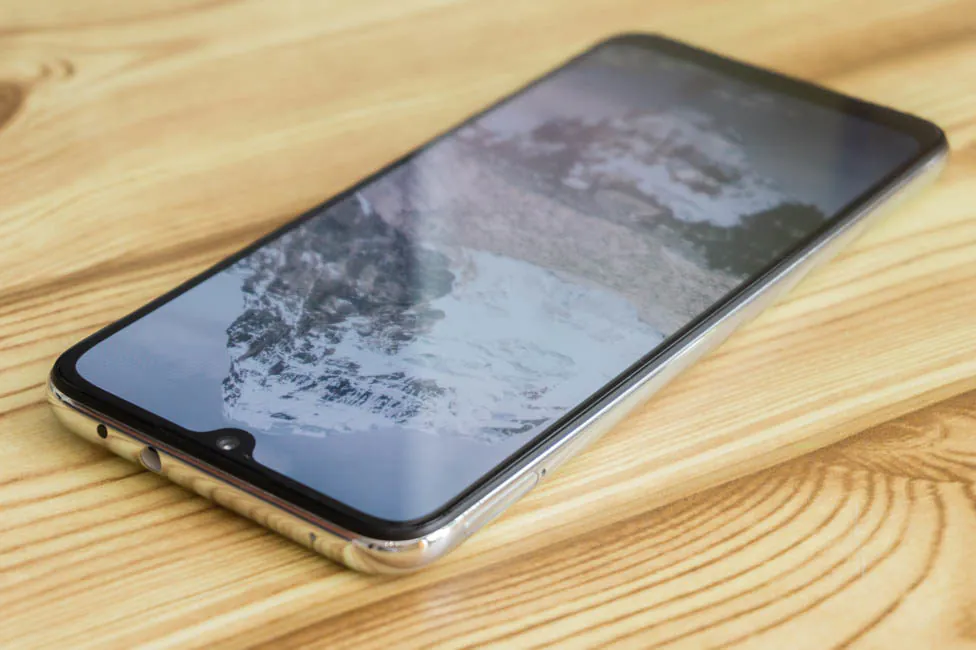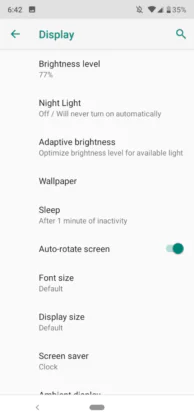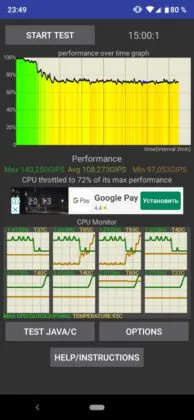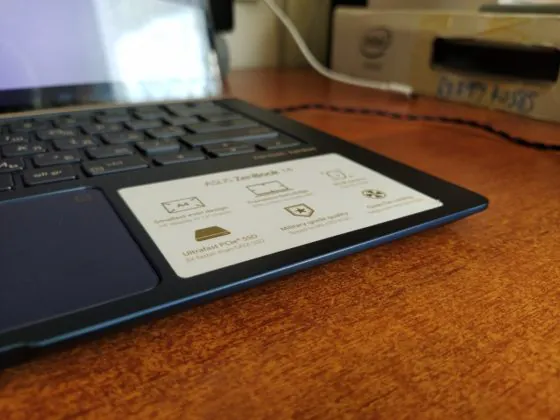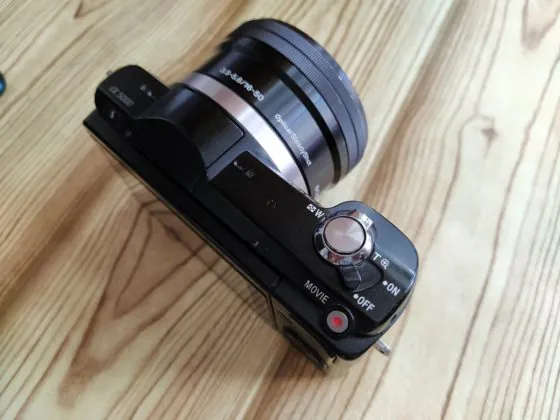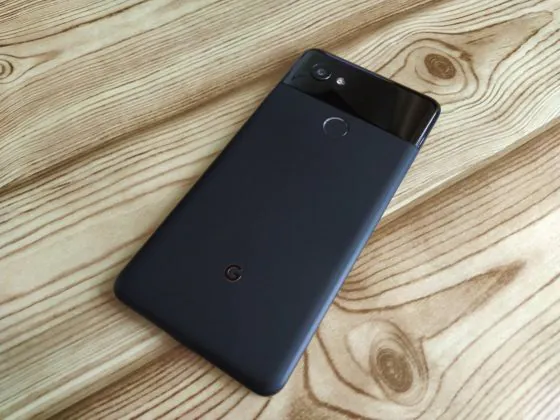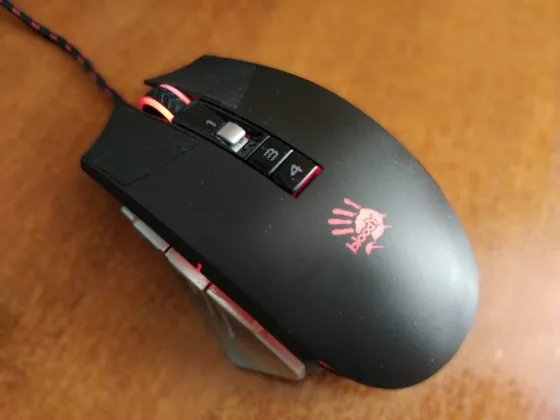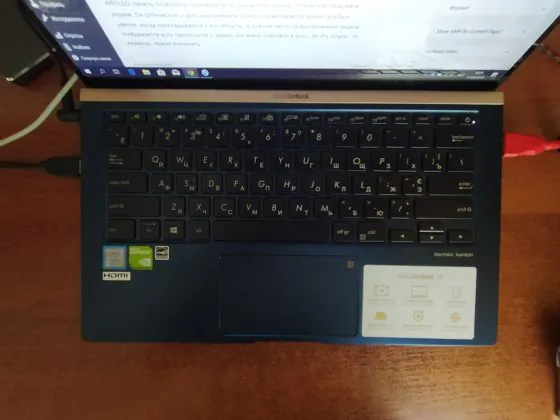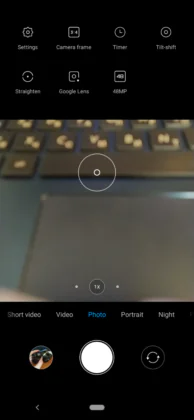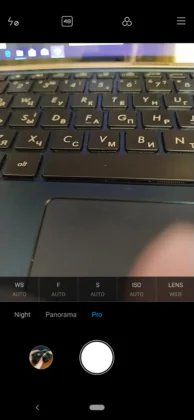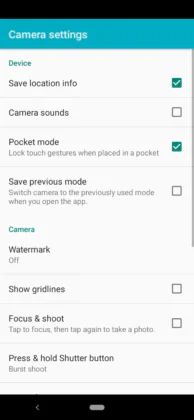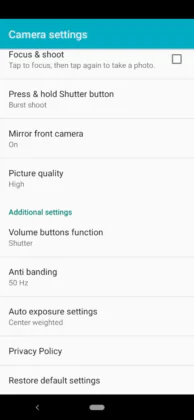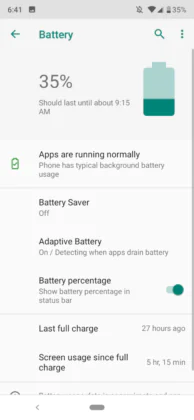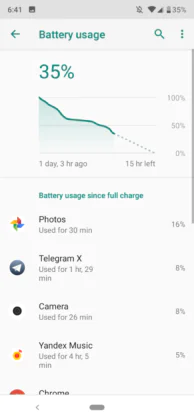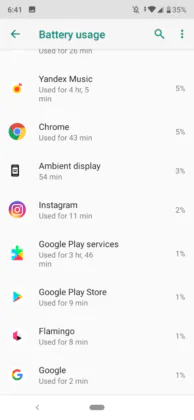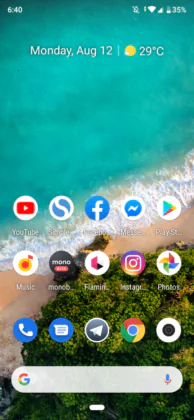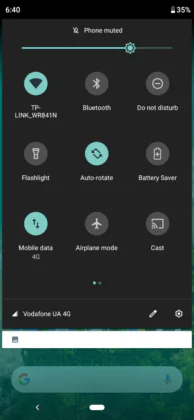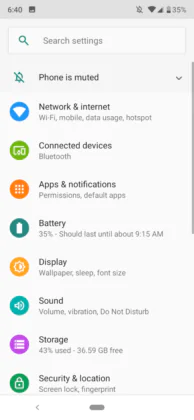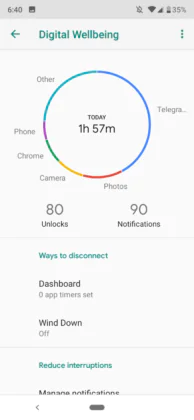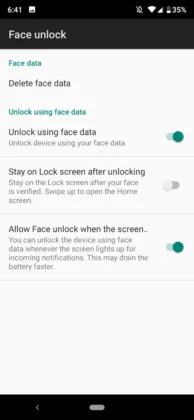© ROOT-NATION.com - Use of content is permitted with a backlink.
Not so long ago, a presentation was held in Kiev, at which Xiaomi Mi A3 was shown. This is the company’s new smartphone, which belongs to the Android One line of devices. Some features were met with negativity from the fans of the brand. In this review, we will find out what’s good and what’s not so good here.
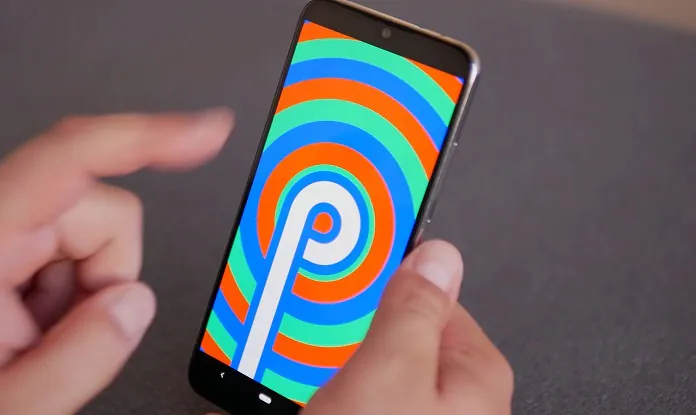
Our video about Xiaomi Mi A3
If you do not want to read the text – watch the video!

Xiaomi Mi A3 specs
| NETWORK | Technology | GSM / HSPA / LTE |
|---|
| LAUNCH | Announced | 2019, July |
|---|---|---|
| Status | Available. Released 2019, July |
| BODY | Dimensions | 153.5 x 71.9 x 8.5 mm (6.04 x 2.83 x 0.33 in) |
|---|---|---|
| Weight | 173.8 g (6.14 oz) | |
| Build | Back glass (Gorilla Glass 5), aluminum frame | |
| SIM | Dual SIM (Nano-SIM, dual stand-by) |
| DISPLAY | Type | Super AMOLED capacitive touchscreen, 16M colors |
|---|---|---|
| Size | 6.01 inches, 88.7 cm2 (~80.3% screen-to-body ratio) | |
| Resolution | 720 x 1560 pixels, 19.5:9 ratio (~286 ppi density) | |
| Protection | Corning Gorilla Glass 5 |
| PLATFORM | OS | Android 9.0 (Pie); Android One |
|---|---|---|
| Chipset | Qualcomm SDM665 Snapdragon 665 (11 nm) | |
| CPU | Octa-core (4×2.0 GHz Kryo 260 Gold & 4×1.8 GHz Kryo 260 Silver) | |
| GPU | Adreno 610 |
| MEMORY | Card slot | microSD, up to 256 GB (uses shared SIM slot) |
|---|---|---|
| Internal | 64/128GB, 4GB RAM |
| MAIN CAMERA | Triple | 48 MP, f/1.8, (wide), 1/2″, 0.8µm, PDAF 8 MP, (ultrawide), f/2.2, 1.12µm 2 MP, f/2.4, depth sensor |
|---|---|---|
| Features | LED flash, HDR, panorama | |
| Video | 2160p@30fps, 1080p@30/60/120fps |
| SELFIE CAMERA | Single | 32 MP, f/2.0, 0.8µm |
|---|---|---|
| Features | HDR | |
| Video | 1080p@30fps |
| SOUND | Loudspeaker | Yes |
|---|---|---|
| 3.5mm jack | Yes | |
| Active noise cancellation with dedicated mic |
| COMMS | WLAN | Wi-Fi 802.11 a/b/g/n/ac, dual-band, Wi-Fi Direct, hotspot |
|---|---|---|
| Bluetooth | 5.0, A2DP, LE, aptX HD | |
| GPS | Yes, with A-GPS, GLONASS, BDS | |
| Infrared port | Yes | |
| Radio | FM radio | |
| USB | 2.0, Type-C 1.0 reversible connector |
| FEATURES | Sensors | Fingerprint (under display), accelerometer, gyro, proximity, compass |
|---|
| BATTERY | Non-removable Li-Po 4030 mAh battery | |
|---|---|---|
| Charging | Fast battery charging 18W (Quick Charge 3) |
| MISC | Colors | Kind of Gray, Not just Blue, More than White |
|---|---|---|
| Models | 1906F9S | |
| Price | About 220 EUR |
Price and positioning
Is some markets there are two existing memory configurations – 4/64 GB and 4/128 GB. The recommended price of the base version of Xiaomi Mi A3 is about $220, while the older one will cost $270.
For comparison, Redmi Note 7 in the 4/64 GB version costs the same as Mi A3 with the same amount of memory. But as for the older versions of both smartphones, Mi A3 will cost a little more.

It’s no secret that each previous smartphone of the Mi A series was a double of the Xiaomi smartphone released for the Chinese market. In fact, they was only one difference – the software part. The A-series was made according to the Android One program with clean Android, and alternative models for the domestic market had the MIUI proprietary shell. This time nothing has changed and A3 is actually a global version of Xiaomi Mi CC9e.
Where to buy Xiaomi Mi A3
What’s in the box
In the box with the smartphone you can find the most standard accessories. Power adapter, USB/Type-C cable, SIM card eject key and a silicone case. But we have a sample directly from the recent Kiev presentation of Xiaomi Mi A3, and therefore I can’t show the whole thing. From the presentation, there were only a few deep scratches on the glass in front, but that is a completely different story.
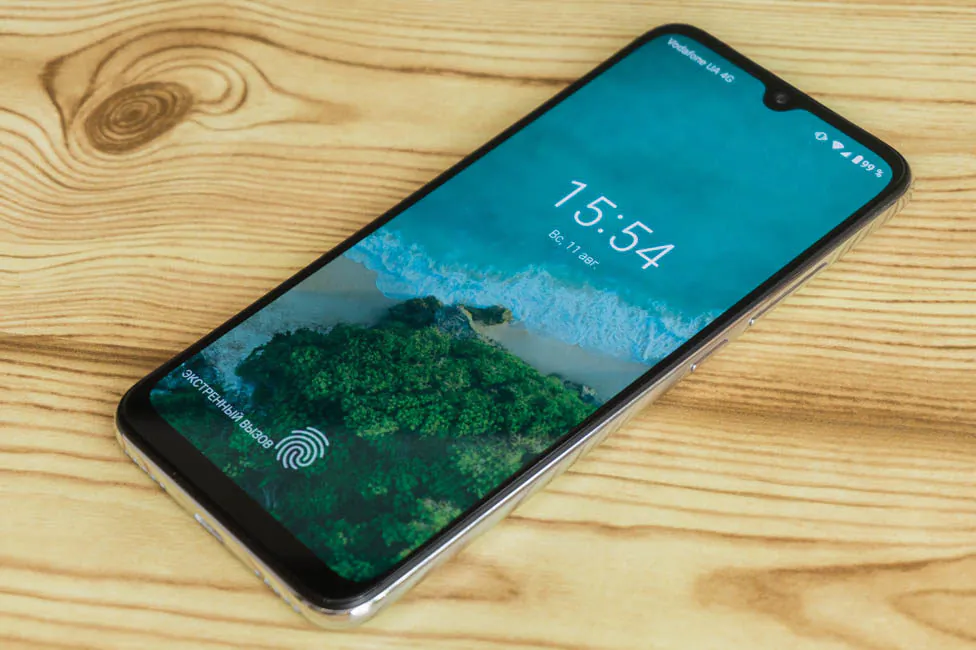
Design, materials and build quality
In terms of design, Xiaomi Mi A3 is very much a 2019 smartphone. Even if now the smartphones try to get rid of the ubiquitous drop-shaped notch. Somewhere it is hidden in the case, as in Huawei P smart Z, and somewhere its task is performed by the pop-up camera, as in Samsung Galaxy A80 or ASUS ZenFone 6.
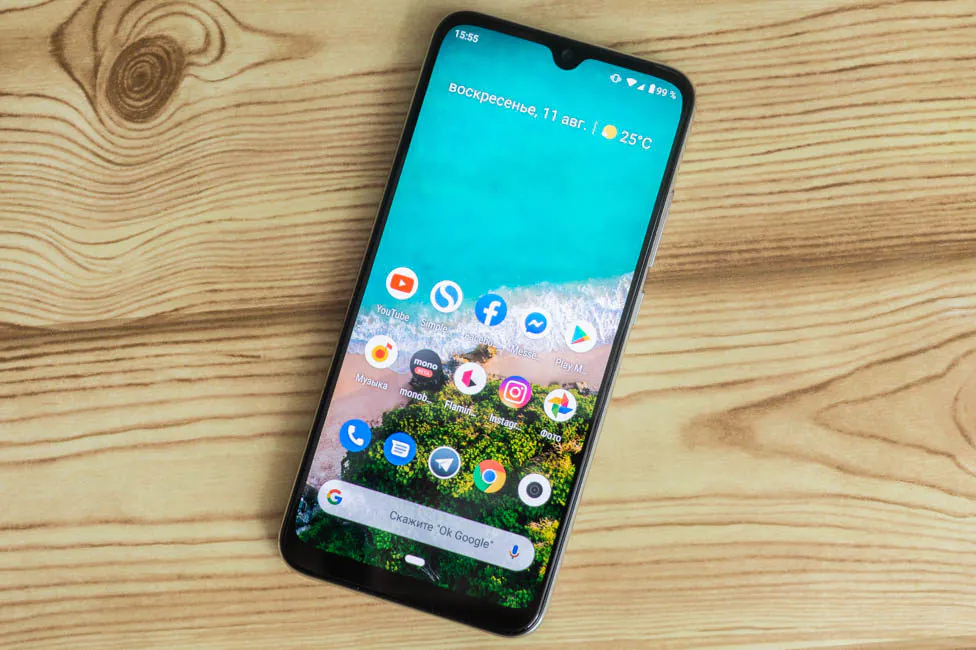
However, in this smartphone Xiaomi decided to use the notch. The bezels around the display aren’t record thin both above and below – the indents are quite large. But the side bezels are indeed thin. Although there are competitors in the same price category.
Nowadays it’s hard to distinguish different smartphone only by looking at their back plates. Gradient, pattern, overflow… And of course, the overall impression also depends on the color of the case.
We came across one of the most interesting options – “More than White.” And this is not a joke, it is the real name of the color palette. And then I remembered that somewhere we had already heard it. And then I remembered my last “Very Silver” Pixel XL. Do not find a certain similarity in naming? But oh well, not the point. Xiaomi Mi A3 is still available in “Kind of Gray” and “Not Just Blue” colors. The second option is actually beautiful and unusual.
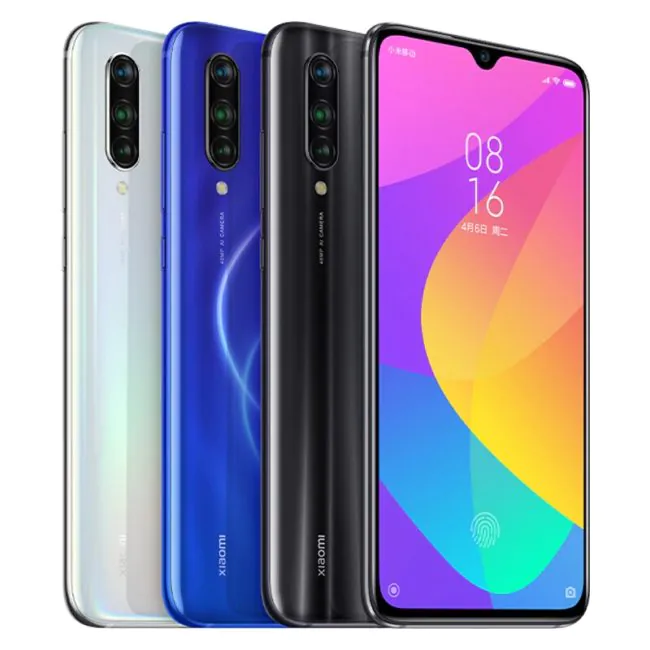
But back to our device. I personally really liked the white color with pearlescent effect. It is somewhat similar to the white Samsung Galaxy S10e, but Xiaomi has a stronger effect.
Plus, this color is additionally emphasized by a chrome frame around the perimeter. The element is plastic although it does look like aluminum.
But I will not blame it on the Xiaomi Mi A3 due to the fact that many manufacturers now use this trick. In most Samsung A-series devices, in Huawei P30 Lite, and in Redmi Note 7.
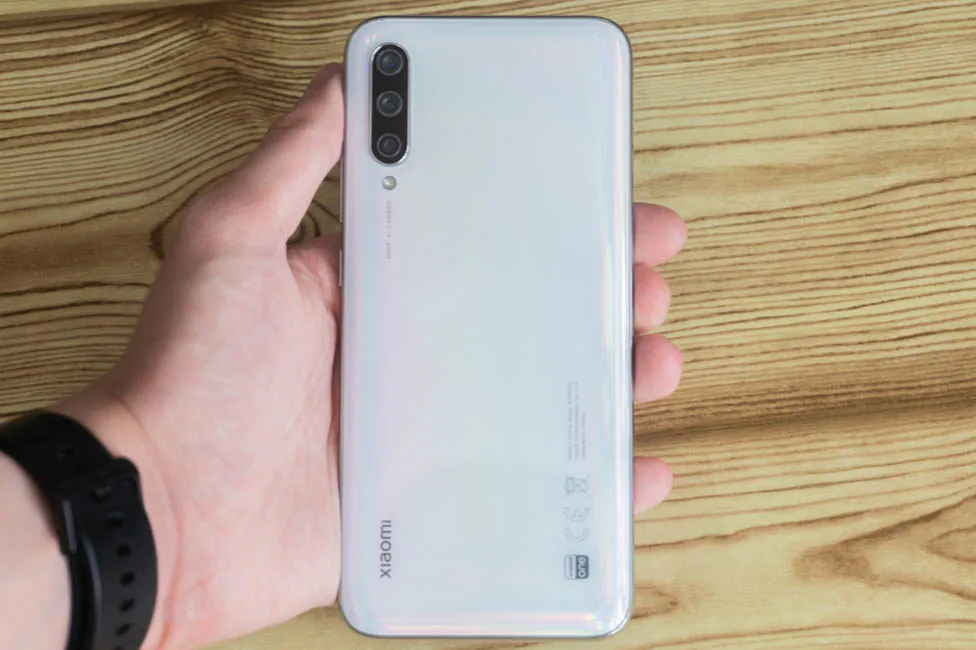
But I can praise the rest of the materials – the glass back plate, Corning Gorilla Glass 5, to be precise. Of course the front is the same. Both sides are oleophobic coated. Fingerprints and stains on glass are practically not noticeable, and not least because of the color.
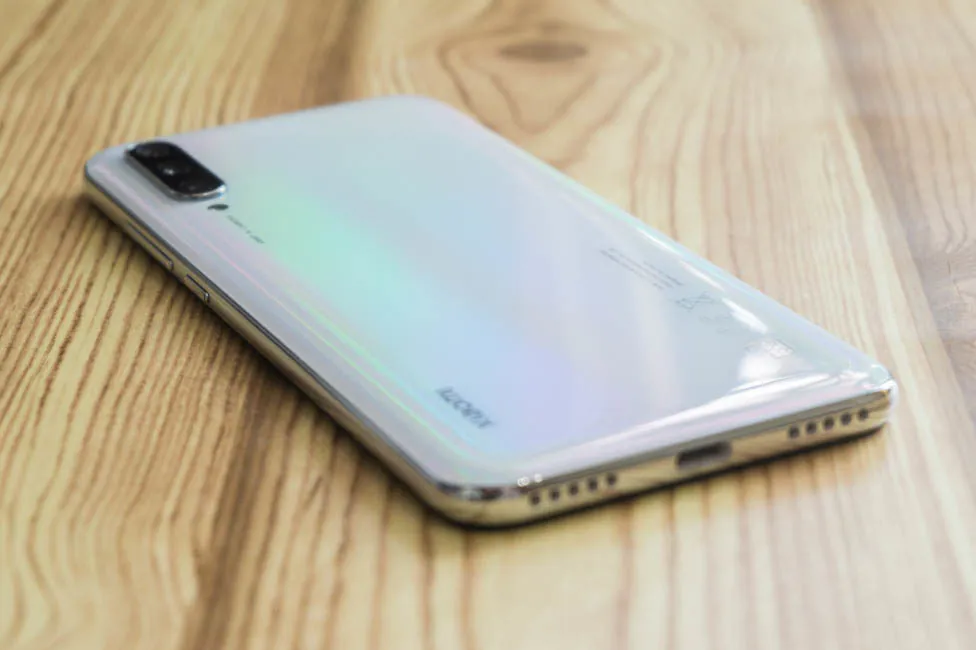
The build quality is great. It’s not officially waterproof, but once again there is a rubberized seal on the card slot. Of course, you should not submerge the device, but such a small feature will not be redundant here.
Element configuration
Above the screen are located: an LED for notifications (thanks for that), a speaker, a front camera in the drop-shaped notch, light and proximity sensors. Below – nothing extra.
The right side has a power button and a volume control key. Left – a combined slot for two nanoSIM or for one SIM card and microSD card.
In my opinion, this is even better than the absolute impossibility of expanding the storage, as was the case with Mi A2. Although, of course, a triple slot would be an ideal solution.
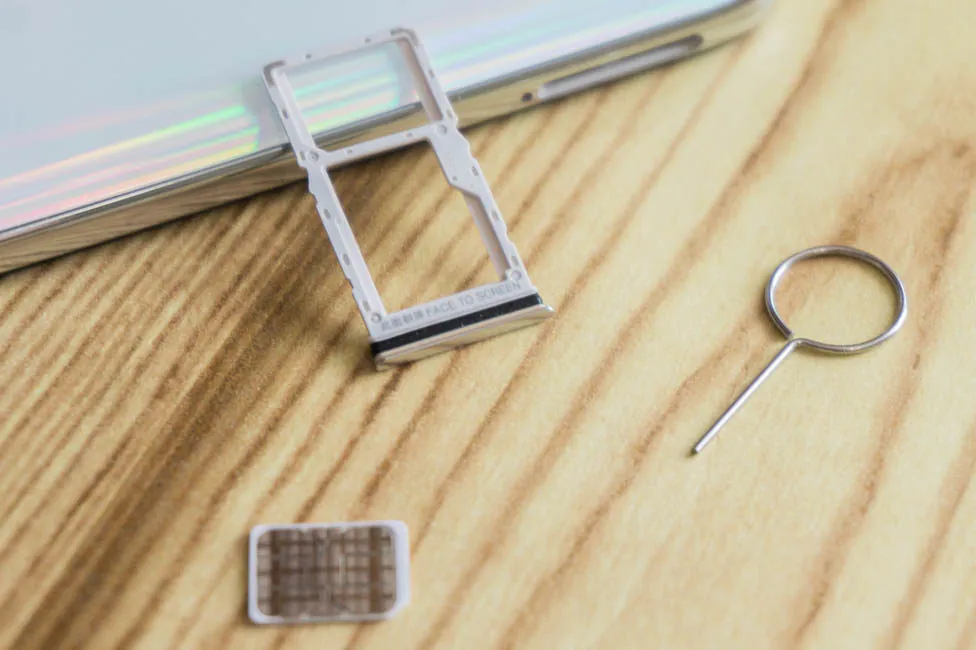
Below is a USB Type-C port, a microphone and a multimedia speaker. Above is a second microphone there’s an infrared transmitter for controlling household appliances and a 3.5 mm port. The latter makes fans of wires happy. It wasn’t there in Mi A2.
On the back of the smartphone in the upper left corner is a triple block of cameras in a chrome trim. And of course it sticks out of the case. A cover is a must. Under the block there is a flash and an inscription mentioning resolution and AI. Even lower is the Xiaomi logo. But opposite it there are a lot of badges and inscriptions, which slightly spoil the appearance of Xiaomi Mi A3.
Ergonomics
Here everything is great. Not the most compact from Xiaomi, (Mi 9 SE), but in general it’s very small. Case dimensions – 153.5 × 71.9 × 8.5 mm, weight – 173.8 grams.
The shape is rounded, the smartphone is narrow and the control buttons are located directly under the thumb of the right hand. I would not say it’s slippery. What else is needed for comfortable everyday use?
Xiaomi Mi A3 Display
The display on the smartphone has a diagonal of 6.088″ – a rarity. We have Super AMOLED – a first for the series, as well as 19.5:9 aspect ratio. Finally – the most controversial characteristics of the screen, the resolution and pixel density, which amount to 1560 × 720 pixels and 286 ppi, respectively.
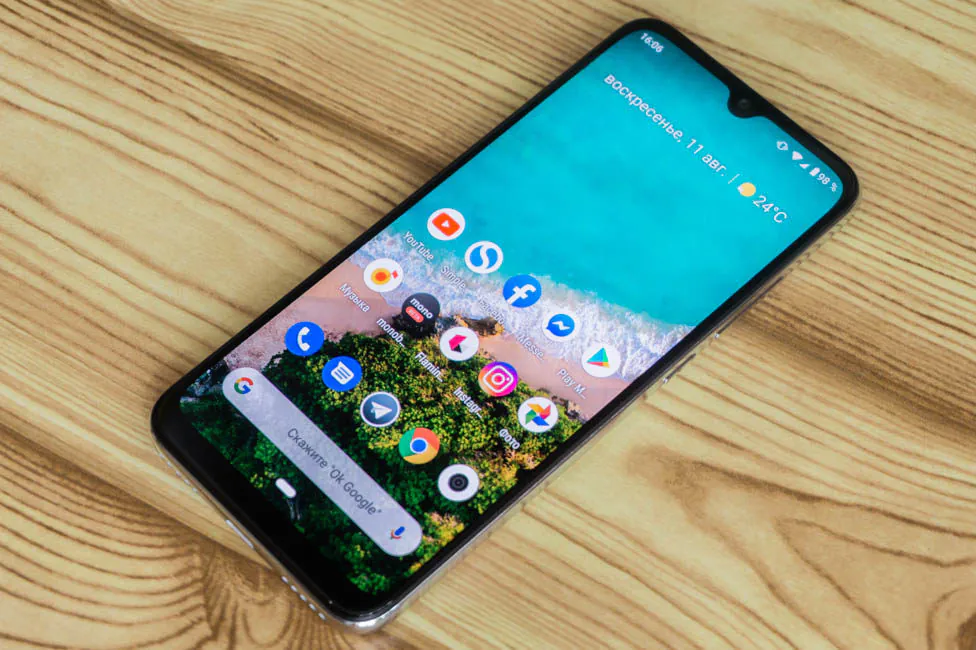
Oh, and Xiaomi Mi A3 has got a HD-screen… And frankly, to me (and apparently not only me) this came as a surprise. Huawei, Samsung – I expected this from anyone, but not from Xiaomi. First they give us Full HD even in an inexpensive Redmi Note, naturally in Mi A1 and Mi A2 (even Mi A2 Lite). But now… what?
This is a very incomprehensible decision, I cannot and will not justify their choice, because it is a step back.
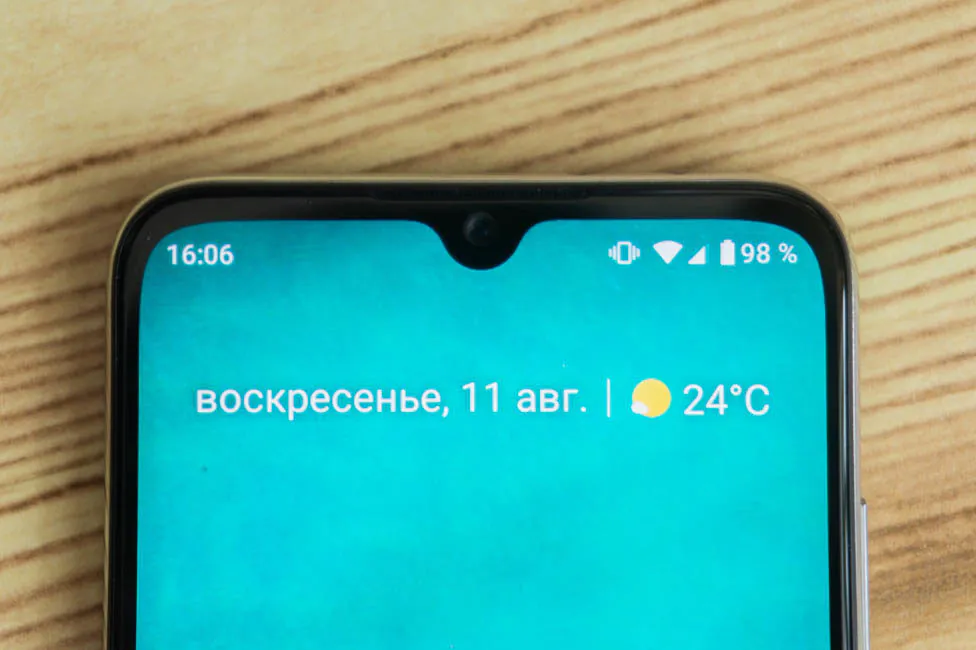
I suppose when switching from a smartphone with an HD-display to HD in Mi A3 an inexperienced user will not feel the downgrade. But personally, I see a lack of clarity of fonts and individual small interface elements and applications.
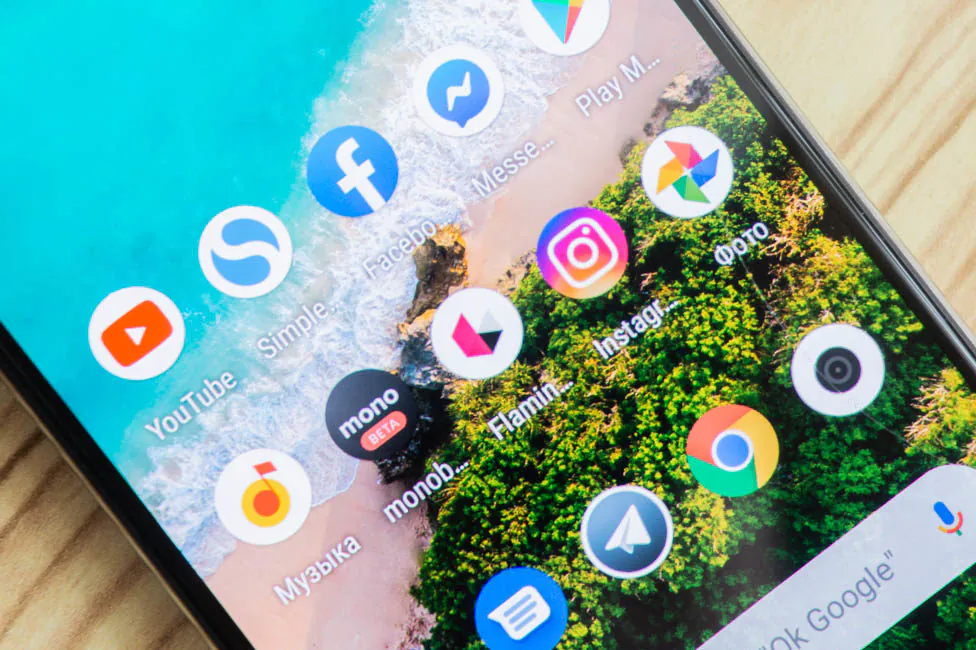
From a certain distance it all looks normal and I’m sure you can get used to it. You can even try to look for the pros: less work for the hardware and the battery. But in general, I could not understand the logic in this situation.
Brightness is quite normal if you avoid direct sunlight. The viewing angles are excellent and besides the typical multi-colored overflows of white color at an angle typical for a panel of this type, I did not notice any other problems.
However, subjectively, this is a very saturated screen, just too much. I didn’t really like it, it’s also not clear why Xiaomi didn’t add at least one more profile with less toxic color rendering. Even sRGB from the settings for the developer is not here, probably the software’s fault. But again, you can get used to it.
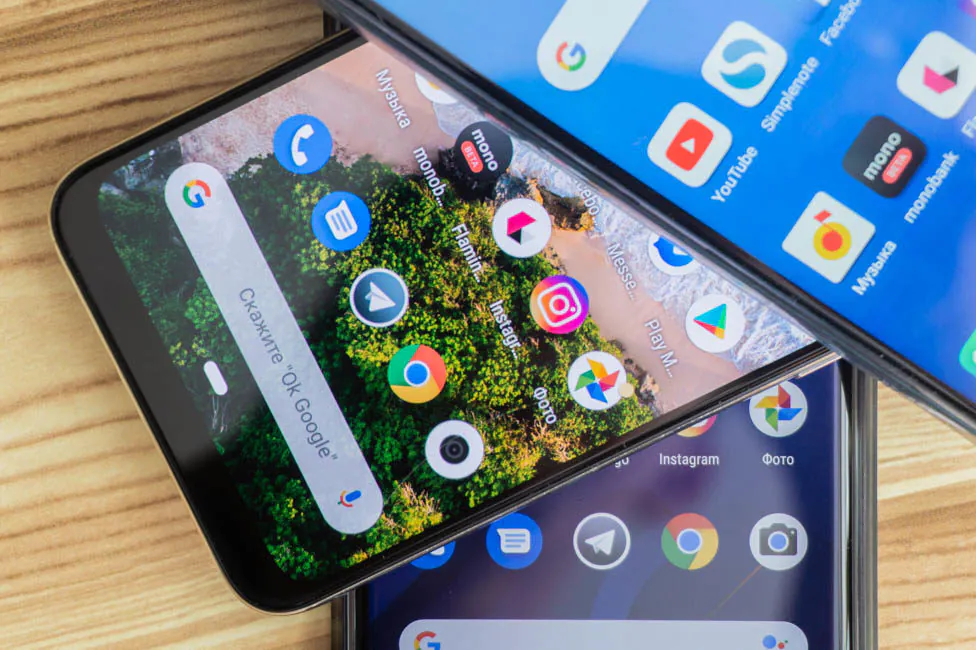
We had to adjust the adaptive brightness and the slider ourselves, because auto brightness is not always working. But in a couple of days nothing has changed – the brightness is still odd and this is a little annoying. From the display settings, only the night mode is available, which does not impress us. And where is Always-On functionality?
Performance
The chipset in the Xiaomi Mi A3 is relatively fresh – Qualcomm Snapdragon 665. As expected – 11-nm process technology and 8-cores. Four Kryo 260 Gold cores operate at a maximum clock frequency of up to 2 GHz, and the remaining four Kryo 260 Silver with a clock frequency of up to 1.8 GHz. Adreno 610 video accelerator handles graphics.
In general, this platform replaced Snapdragon 660. But judging by the synthetic tests, the performance gain as such did not happen. The emphasis is on energy efficiency, but more on that later.
We have 4 GB of RAM. Although at the same time, the older version of the Mi CC9e was equipped with 6 GB of RAM. Is 4 enough? Yes, quite. I can easily switch between a dozen different applications and they did not restart.

I have a model with 64 GB of storage, of which 48.33 GB were left to the user. Let me remind you that you can expand it if you do not need a second SIM card. And if you need it, you should take a closer look at the older version with 128 GB of ROM.
The interface is fast, but for some reason not very smooth. In some situations, it feels like animations lose a bit of FPS. Especially in the settings when opening items. Insignificantly. However, this should be corrected, because it makes no sense with this hardware and screen. Obviously, this is all software.
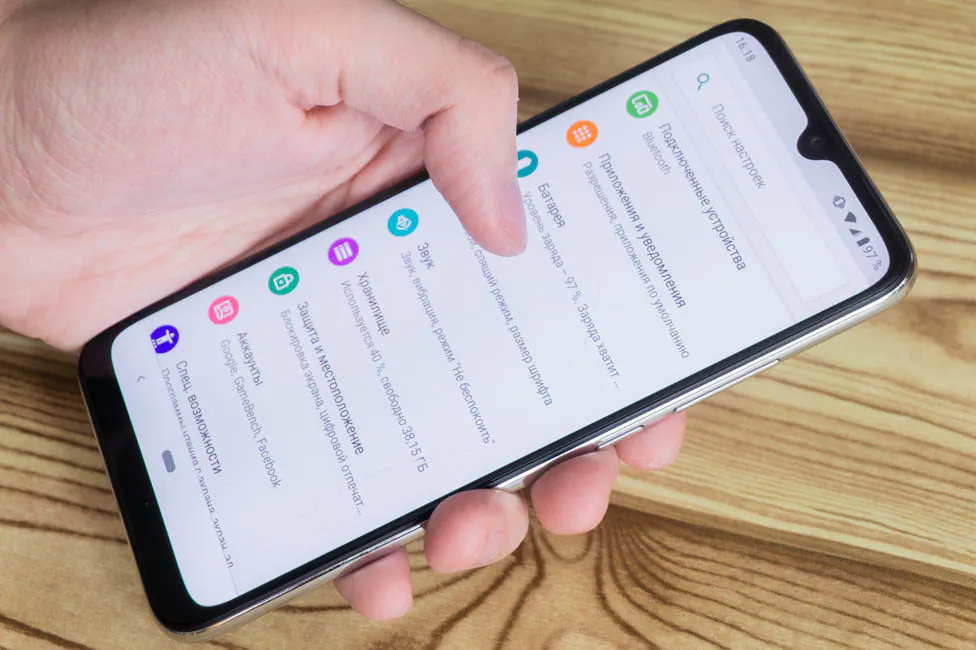
Everything is good with games, but in the most demanding titles the graphics will have to be definitely reduced if you want to play with a smoother and more comfortable FPS. Measurements below were made using Gamebench:
- Asphalt 9 – high quality, average 14 FPS
- PUBG Mobile – high graphics settings, an average 26 FPS
- Shadowgun Legends – ultra-graphics, an average 27 FPS
- Standoff 2 – maximum graphics settings, an average 59 FPS
Even with an HD display, don’t expect good graphics and stable FPS. But if you like less demanding toys, the smartphone will run them no problem.
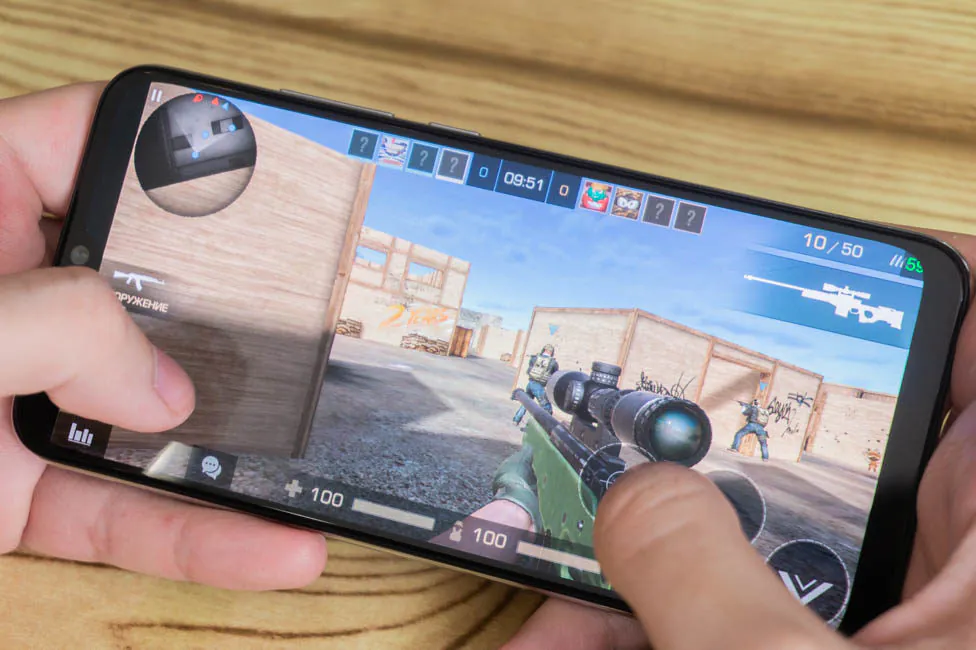
Xiaomi Mi A3 cameras
There are three cameras in Xiaomi Mi A3. The main module is a 48 MP sensor with an aperture of f/1.8, 1/2″, 0.8µm PDAF. The second is an 8 MP ultra-wide module, f/2.2, 1.12µm. The third is a 2 MP depth sensor, f/2.4. In short, classic.
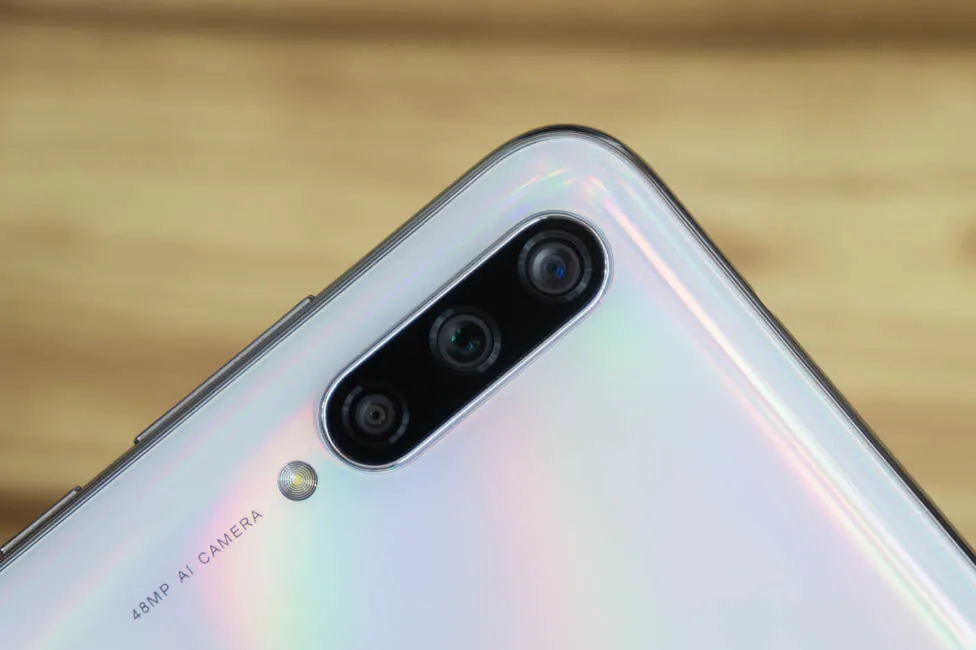
The phones makes great photos. Outdoors, indoors, in the afternoon and even in the evening – the result is very good, especially considering the price tag. The detail is decent, the colors look natural. As usual, the standard resolution in which photos are saved is 12 megapixels, but you can force 48 if you so desire. You might notice the difference in the number of details, but it’s so insignificant that it is not worth worrying about. The camera is one of the best for this kind of money.
EXAMPLES OF PHOTOS IN FULL RESOLUTION
Portrait mode correctly separates the object from the background and greatly blurs the latter. Night mode is available and in very low light it makes sense using it, but you will need to hold the smartphone motionless for a few seconds.
But all this concerns the main wide-angle module, and if we are talking about the second ultra-wide-angle module, things get strange. For me, it’s not better than “super-wide” modules from competitors. The issues are generally the same – the white balance is inaccurate, the colors are pale, even with enough light in dark areas, noise can get in. In general, this module is very demanding of environmental conditions.
Video can be recorded in 4K with 30 FPS, or Full HD with 30/60 FPS. The quality is not bad for its class, but there is a problem with stabilization. The electronic one is there in the settings, it can even be turned on, but it seemed to me that it did not work at all. So the picture twitches if don’t hold the phone completely still. Perhaps the problem is in the software. Among other modes: slow-motion from 120 or 240 FPS depending on the selected resolution (1080p or 720p) and sped up at 1080p.
The front module is 32 megapixels (f/2.0, 0.8µm), it makes great selfies. Same thing with bokeh.
Here we have the MIUI camera application, as in all smartphones with Android One, where each manufacturer installs its own application. It has all the necessary modes.
Unlocking methods
The AMOLED panel allowed the manufacturer to place a fingerprint scanner on the screen. It is optical and for scanning, the finger is highlighted in bright blue when applied to its area. And the right place on the deactivated screen is displayed if you touch the screen or take the smartphone in your hand. But this option can be disabled.
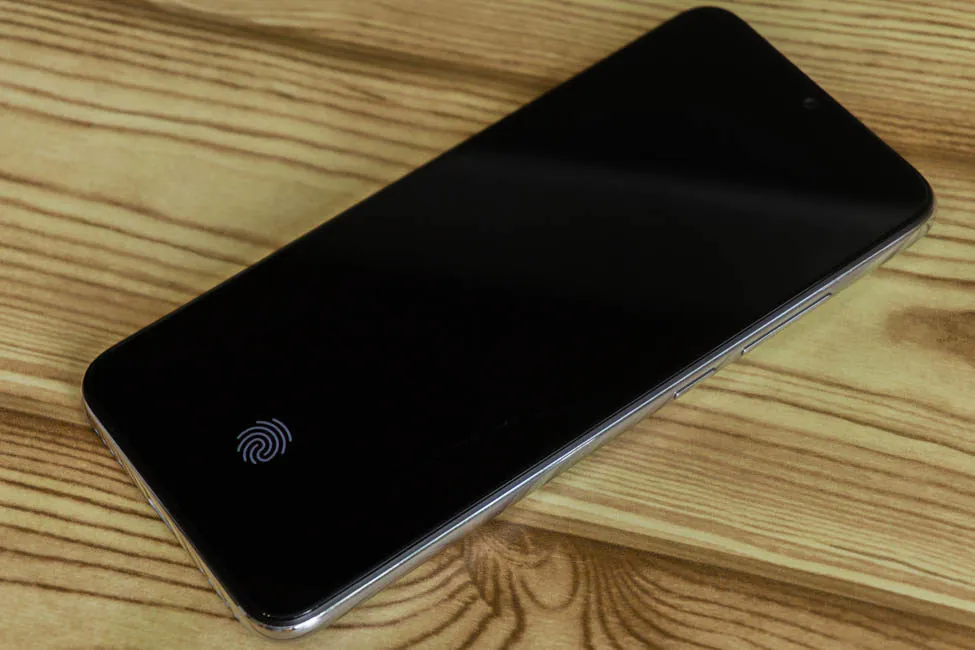
In general, the adaptation process is quick: soon you’ll be using this method all the time. I even turned off the icon and calmly used the fingerprint reader without a hint. The unlocking speed is relatively high, but it still does not reach the best capacitive sensors. The accuracy is not bad, but to increase it I recommend adding the same finger several times to the system. Fortunately, you can add the same finger 5 times.
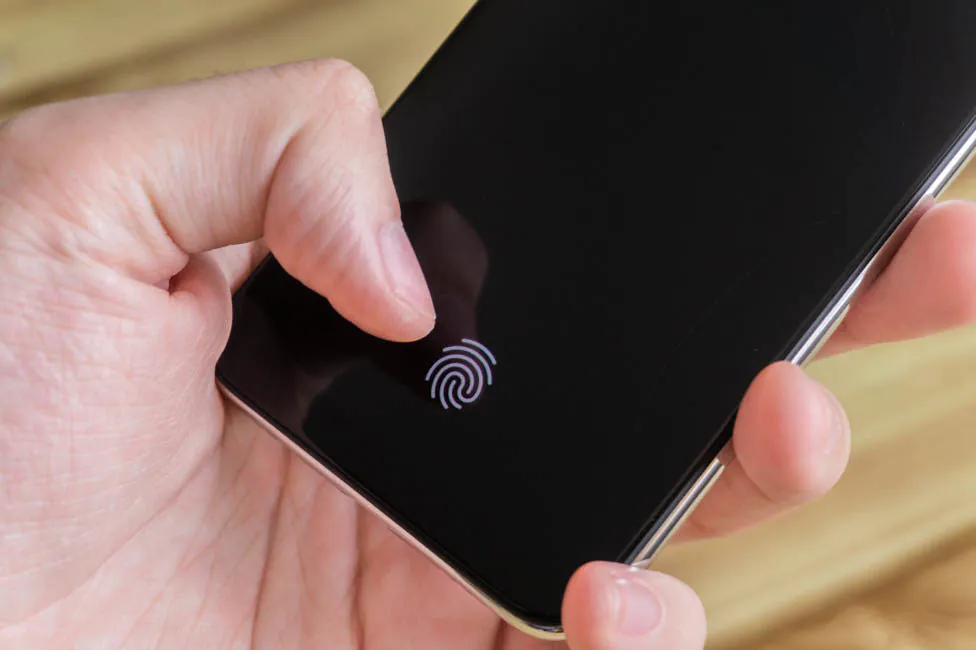
You can unlock the screen with your face – the function is highlighted separately and is not part of Google Smart Lock. It works with the help of a single selfie camera, and it works fine. The operation is not instantaneous, but quick enough. In complete darkness, of course, you have to resort to a scanner.
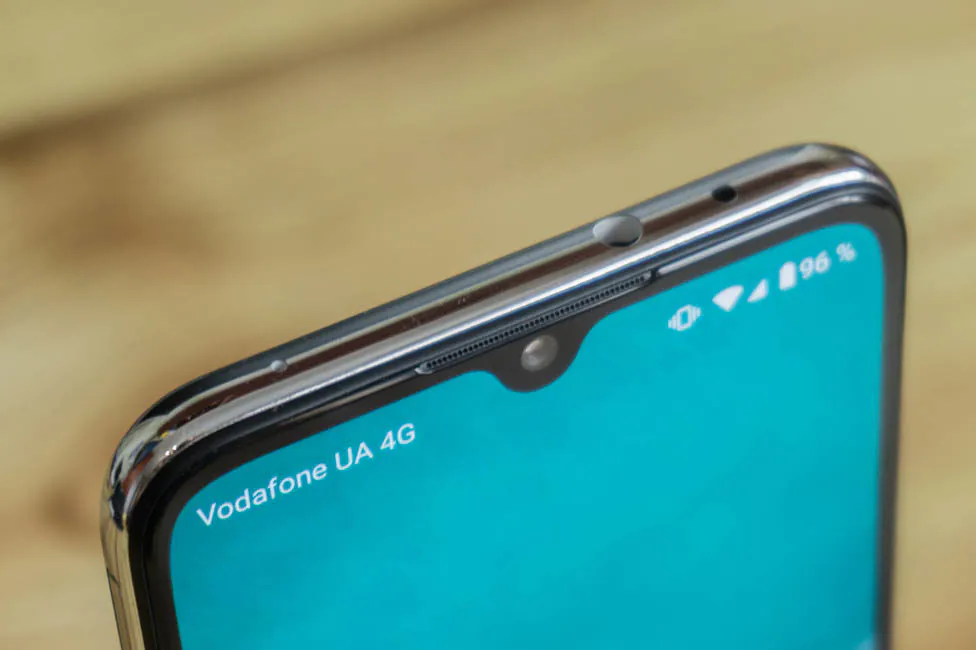
Xiaomi Mi A3 battery life
A 4030 mAh battery is not bad considering the energy-efficient 11nm chipset and less impressive display. All this allows Xiaomi Mi A3 to work for a long time on a single charge. You can discharge it in a day if you play games, take a lot of pictures and use navigation.
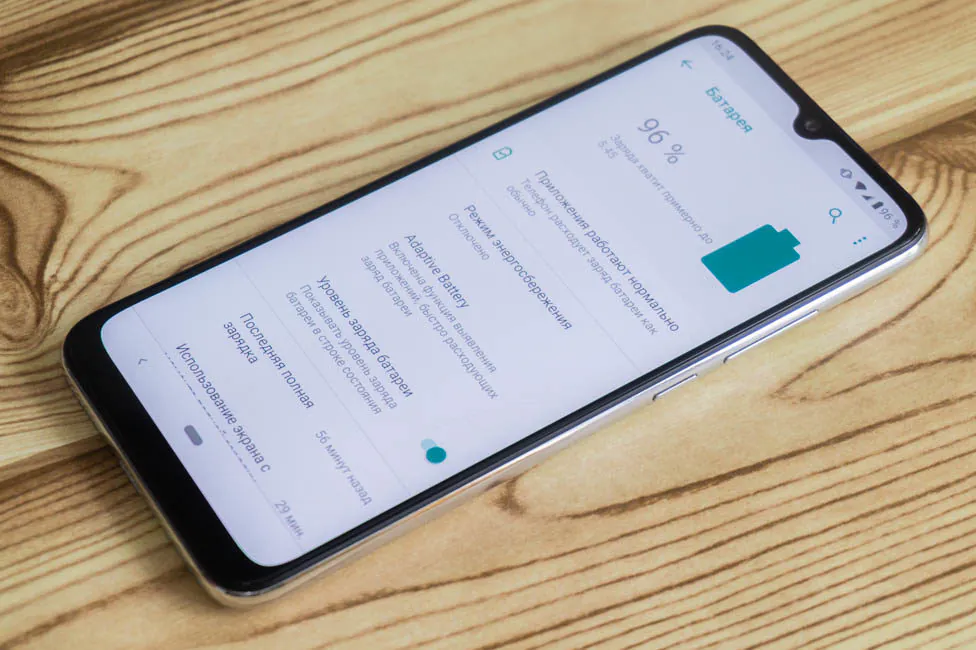
But with the usual moderate mode of operation you get 1.5, and in some cases 2 days of work. The total time of the screen activity will be about 6-7.5 hours. Compared with the previous model there’s an obvious progress.
Quick charging is supported. But not with the bundled charger. There’s no wireless charging, but it’s is the norm for this class.
Sound and communication
The speaker in Mi A3 is very good, the sound is clear and loud. The multimedia one is also decent – very loud sound and good quality at the same time. In wired headphones it sounds good, and 3.5 mm is here. There’s a good sound in wireless headphones. But the volume margin is average in both the first and second cases.
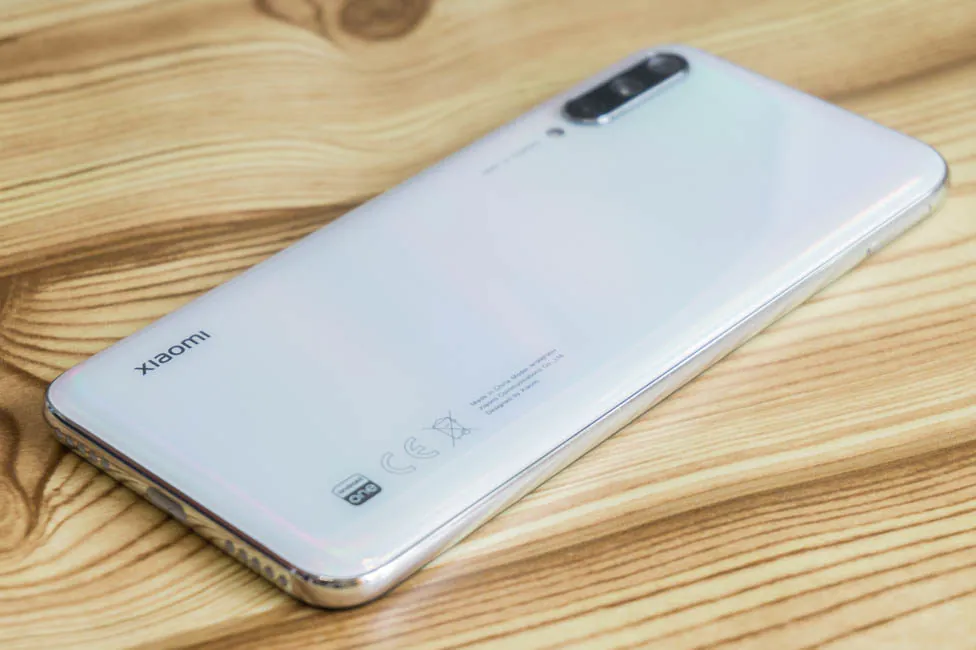
At first glance, from the point of view of wireless modules, there is everything. Two ranges of Wi-Fi 802.11 a/b/g/n/ac, the latest at the moment Bluetooth 5.0 (A2DP, LE, aptX HD) and GPS (A-GPS, GLONASS, BDS). Here you have an infrared port for controlling household appliances. But there is no NFC, therefore, this smartphone is not suitable for contactless payments, which is a pity.
Firmware and software
Software is one of the main features of the Xiaomi A-series. There is no manufacturer’s proprietary shell and the “clean” interface is often compared to the one installed in Google Pixel.
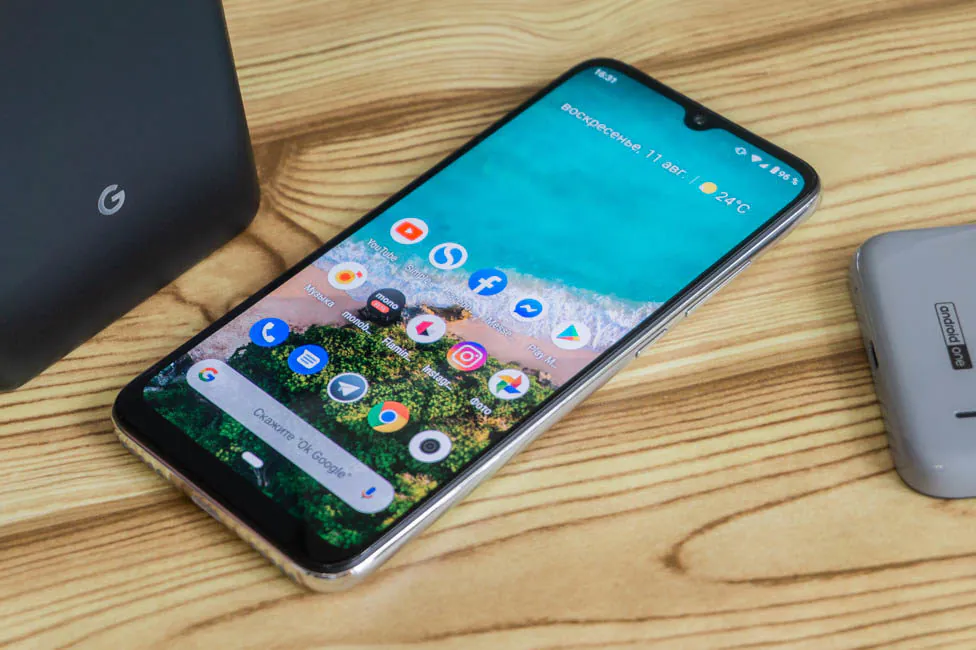
The user will receive the same interface, and, in the future, two major OS updates and monthly security patches. They will naturally come later than on the Pixel devices. Xiaomi, of course, added its own “quality improvement program” to the settings menu. They also have the Mi Community app and FM radio, if you do not take into account the camera from MIUI. There are few gestures, there is digital well-being, and that seems to be all.
Verdict
Xiaomi Mi A3 had to compromise, and my biggest issue is with its display resolution. The second most important problem is the lack of an NFC module for contactless payment. If these two things don’t bother you, the smartphone is definitely worth buying.
Xiaomi Mi A3 looks good, is sturdy and comfortable. Performance will be sufficient for standard tasks or lighter games. Cameras are very good for this segment, and a number of other equally interesting features are also pleasing: excellent battery life, an in-screen fingerprint scanner and a clean Android One.
Where to buy Xiaomi Mi A3
Subscribe to our accounts:


